From the 1/2 Classrooms
Integrated Studies: Celebrating Differences

From the 1/2 Classrooms
Integrated Studies: Celebrating Differences
Thank you so much to all of the parents for helping our students learn and share some of the cultural traditions from your country of origin. We have loved learning more about our similarities and differences, as each student has presented their information on food, music, traditions and games. We are excited to show you our combined knowledge at our Expo this Friday 8th December, 3-4pm.
Last Friday, to build on this work and further celebrate our differences, our Grade 1 and 2 students participated in a rotations day. They were divided into four groups, each made up of children from 1MC, 1JT, 2DF and 2LP. These groups were named after the four major oceans: Indian, Pacific, Atlantic and Arctic. During the day the 'Oceans' visited each of the four classrooms in the Gallery, where they experienced more of the cultures of Ghana, India, Japan and Nigeria.
Our Grade 1/2s spent the session exploring African culture through their use of drums and percussion instruments. Students were introduced to the djembe and learnt about the significance of this instrument in various African countries, inparticular Ghana, and its important use for communication centuries ago. The djembe is made up of four components; a wooden shell (usually hand carved), 3 metal rings (2 large, 1 small), 3 lengths of rope and a drum skin. The wooden shell is particularly important as this represents the family with the leaves and fruit being the young, the trunk of the tree being the connection between the leaves and roots, which signify the ancestors that have come before. In addition to learning about its history, students worked in the session to learn a three-part rhythmic piece and added other instruments, such as the cajon, the dun duns and a range of smaller percussion instruments. Students enjoyed making music together, while learning about another culture.
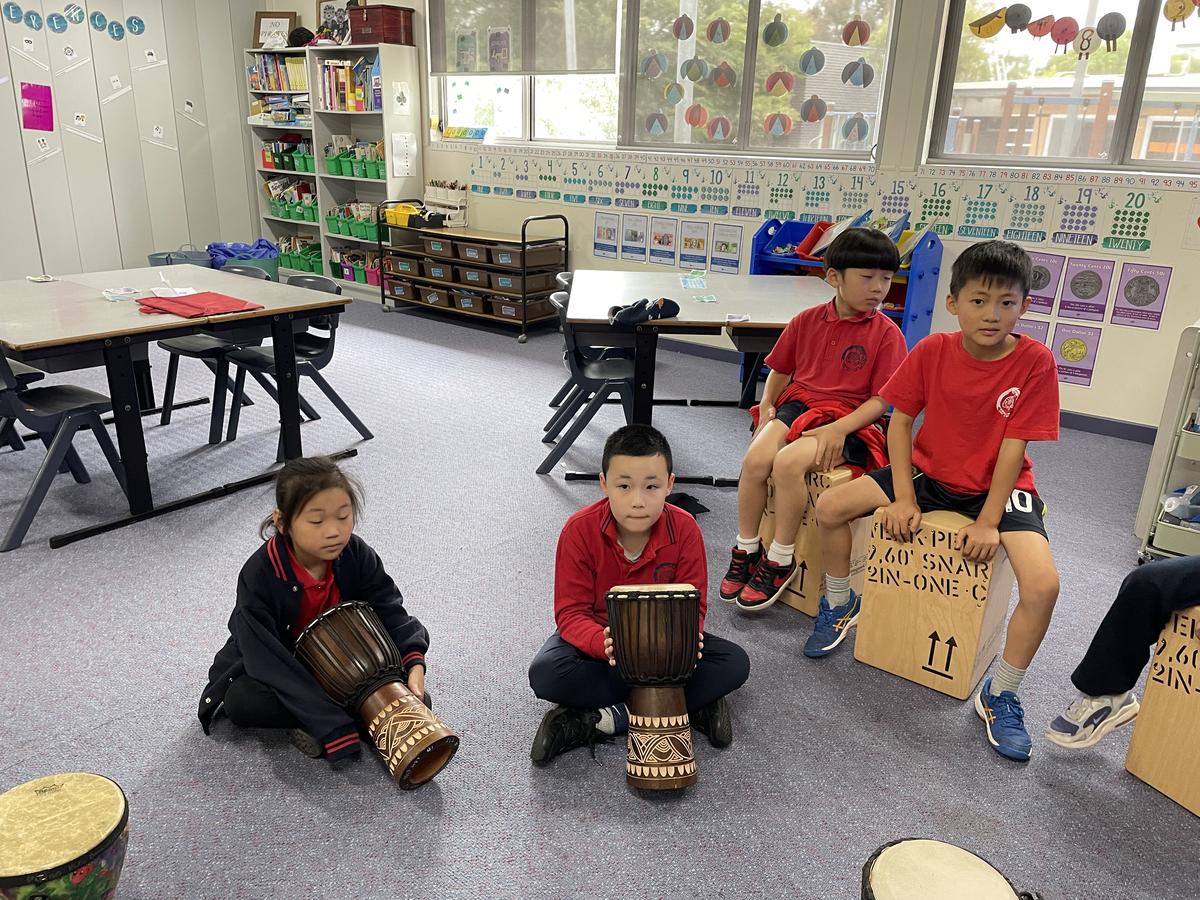
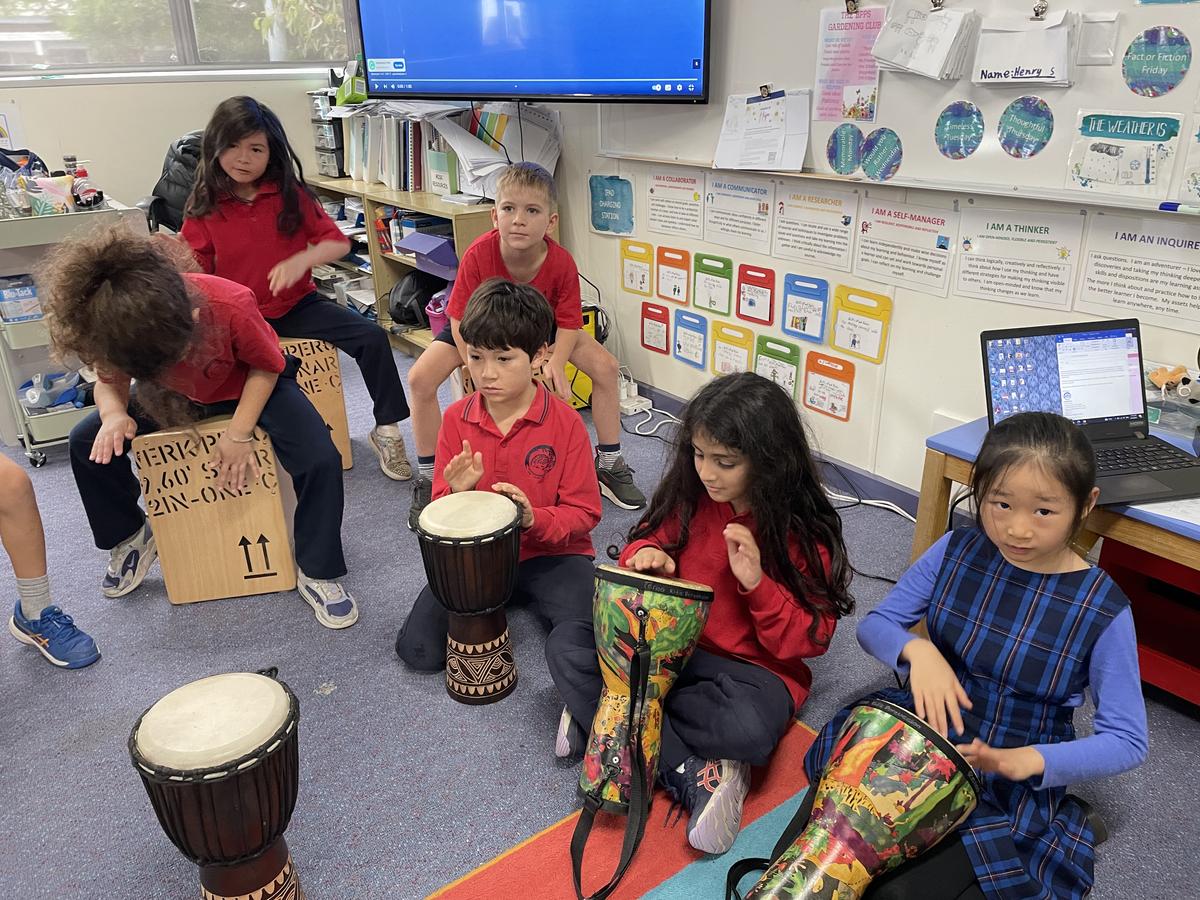
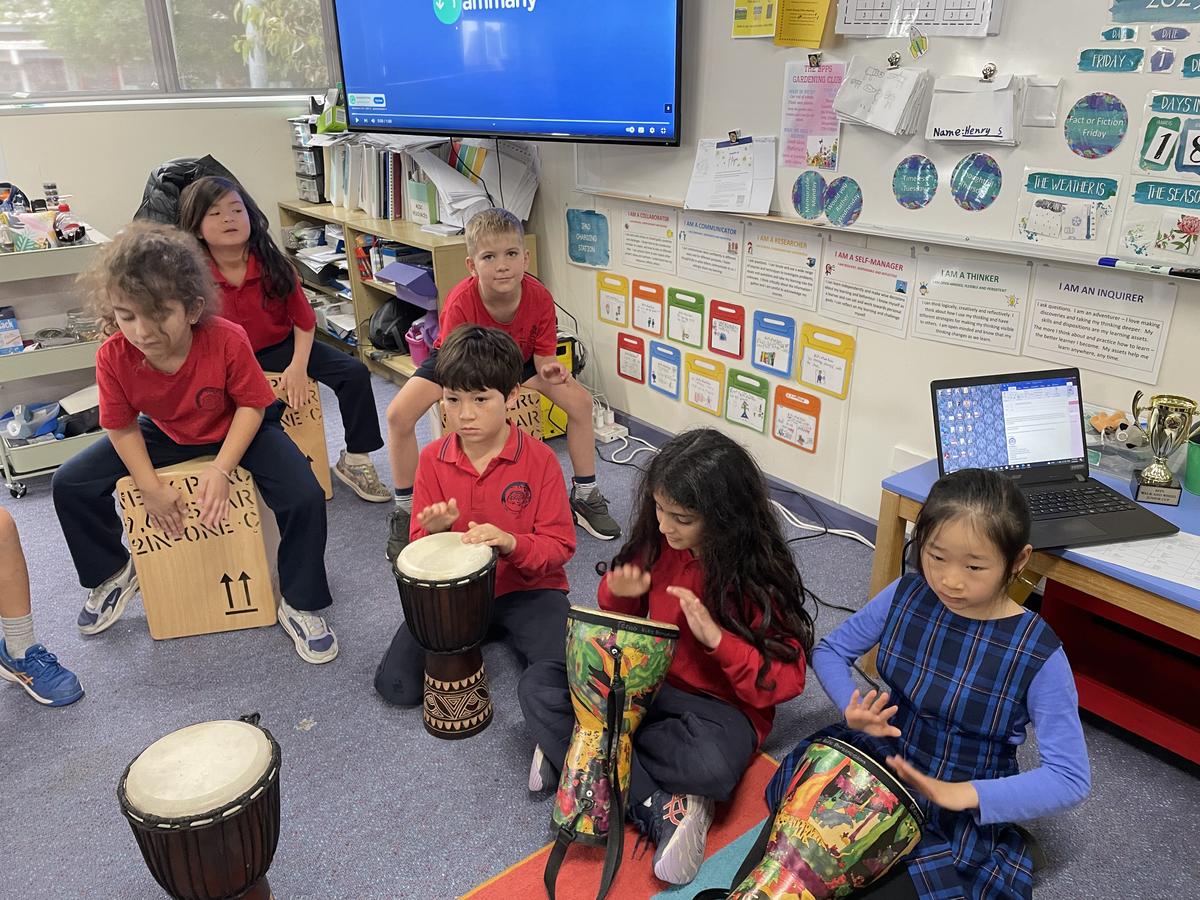
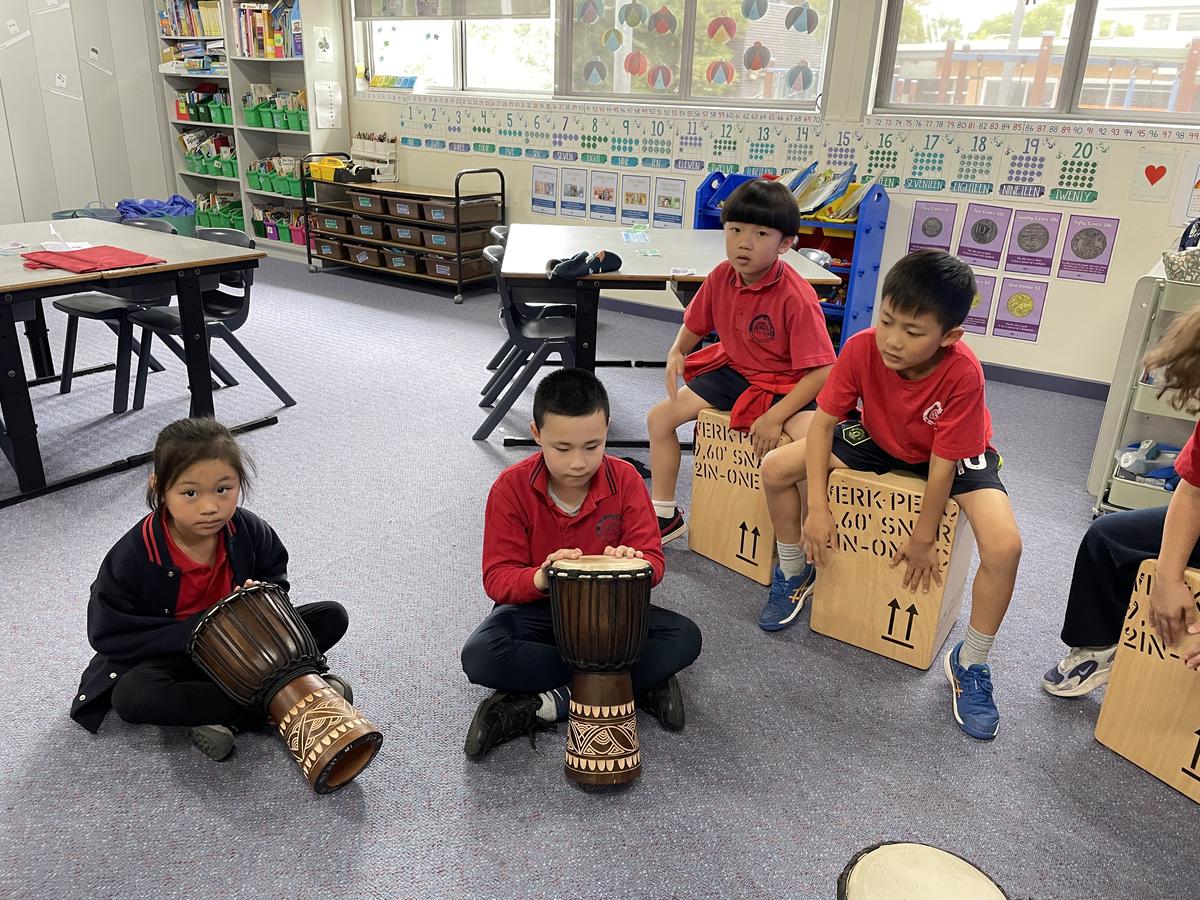
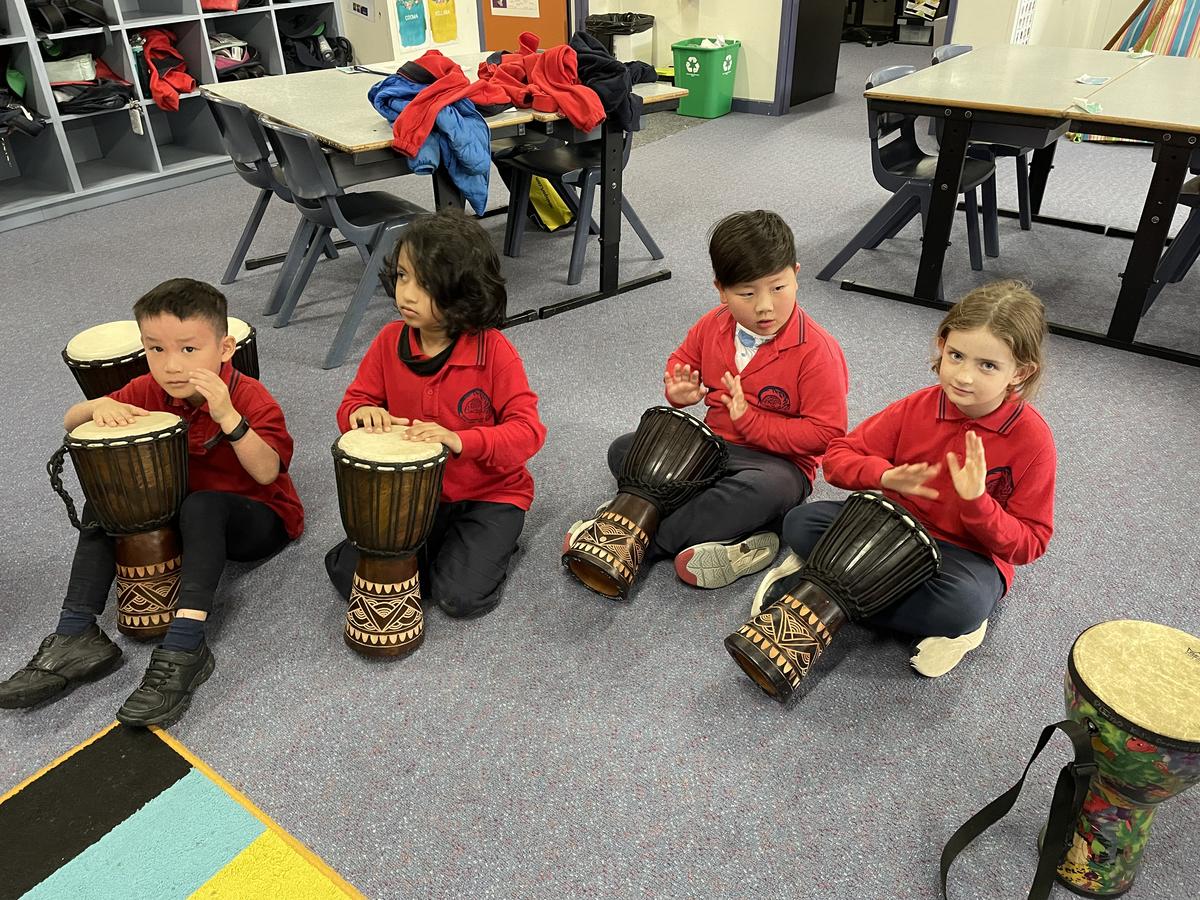
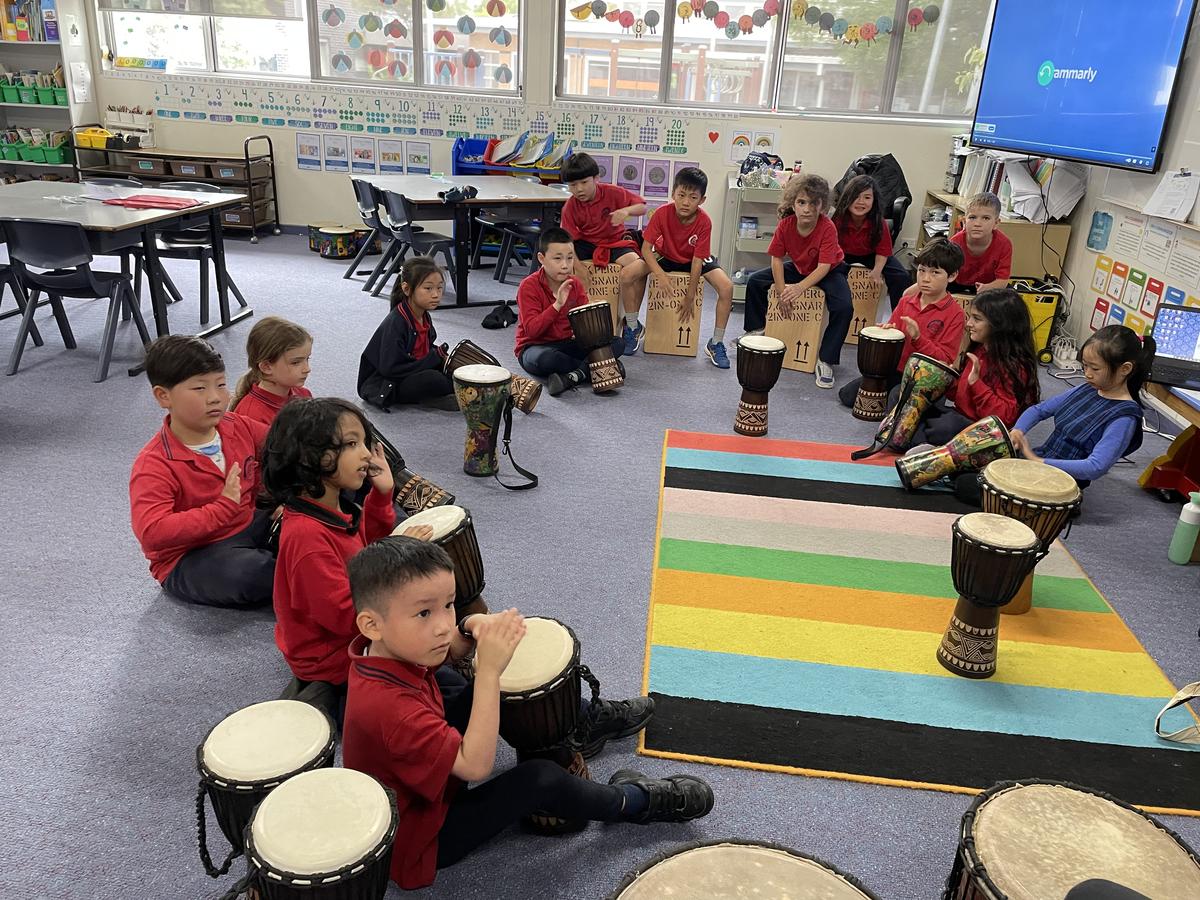
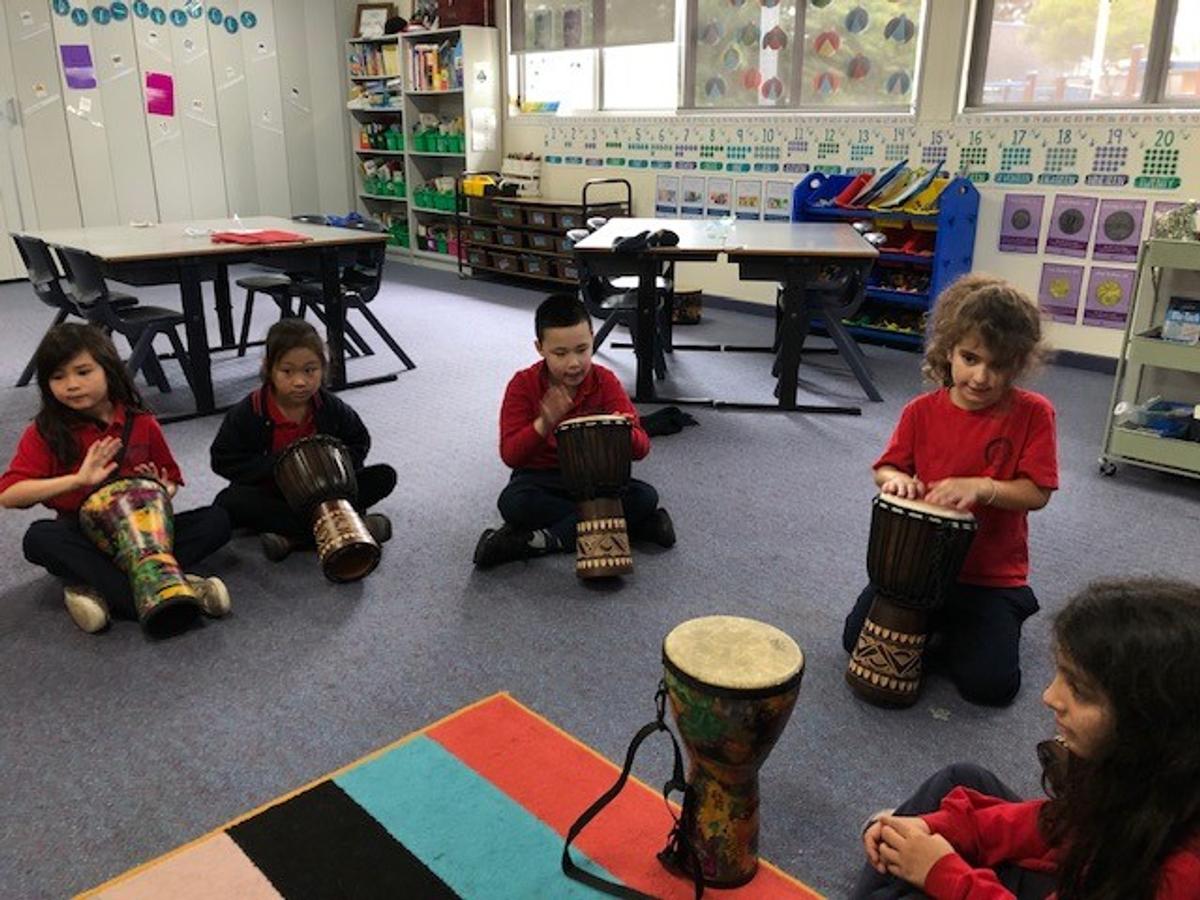
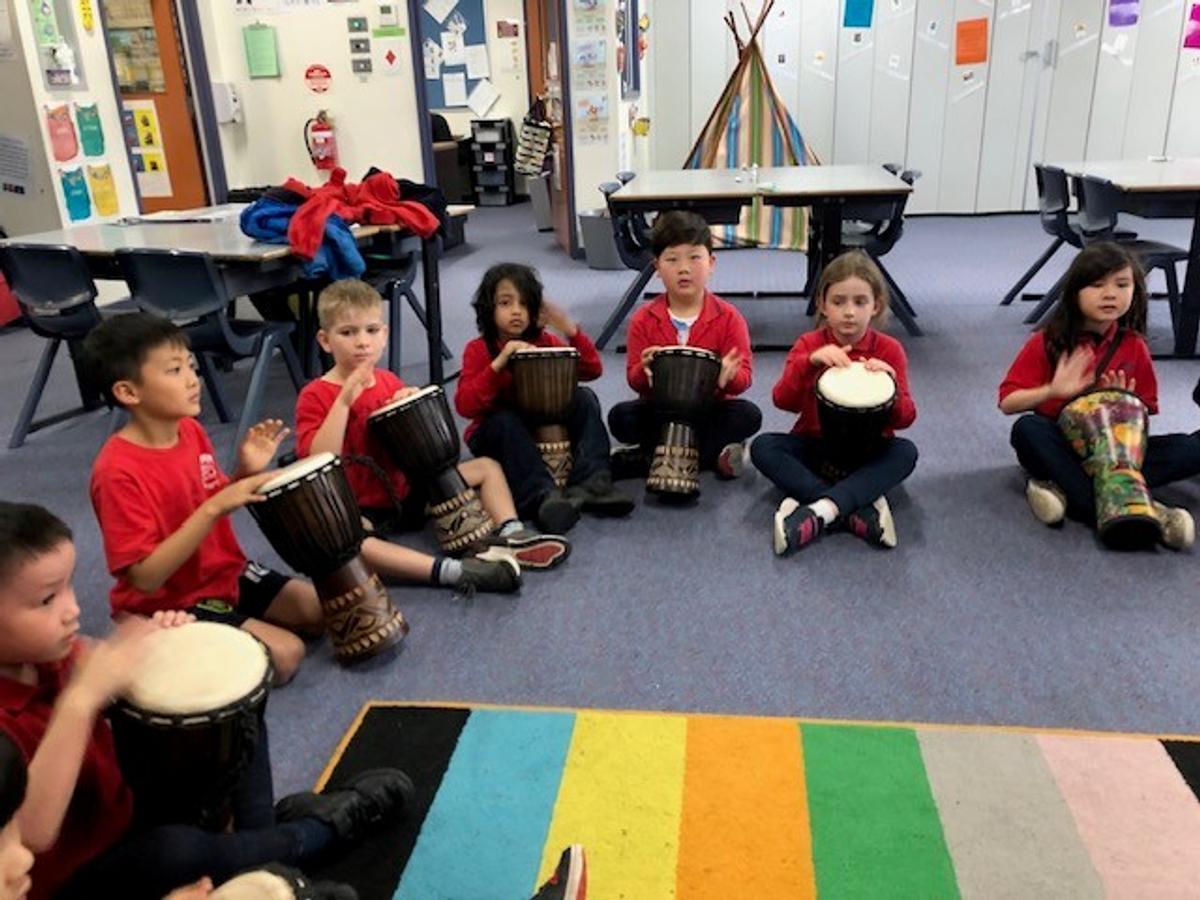
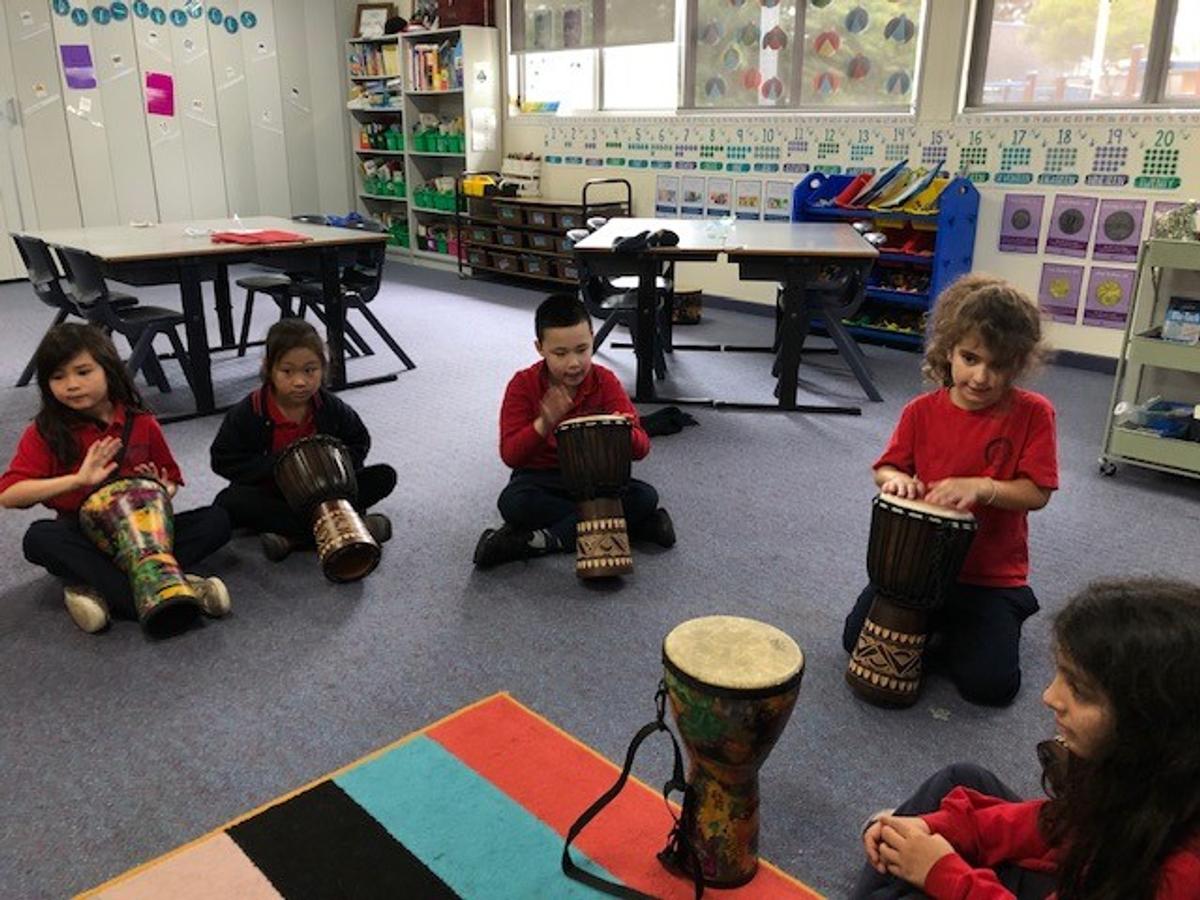
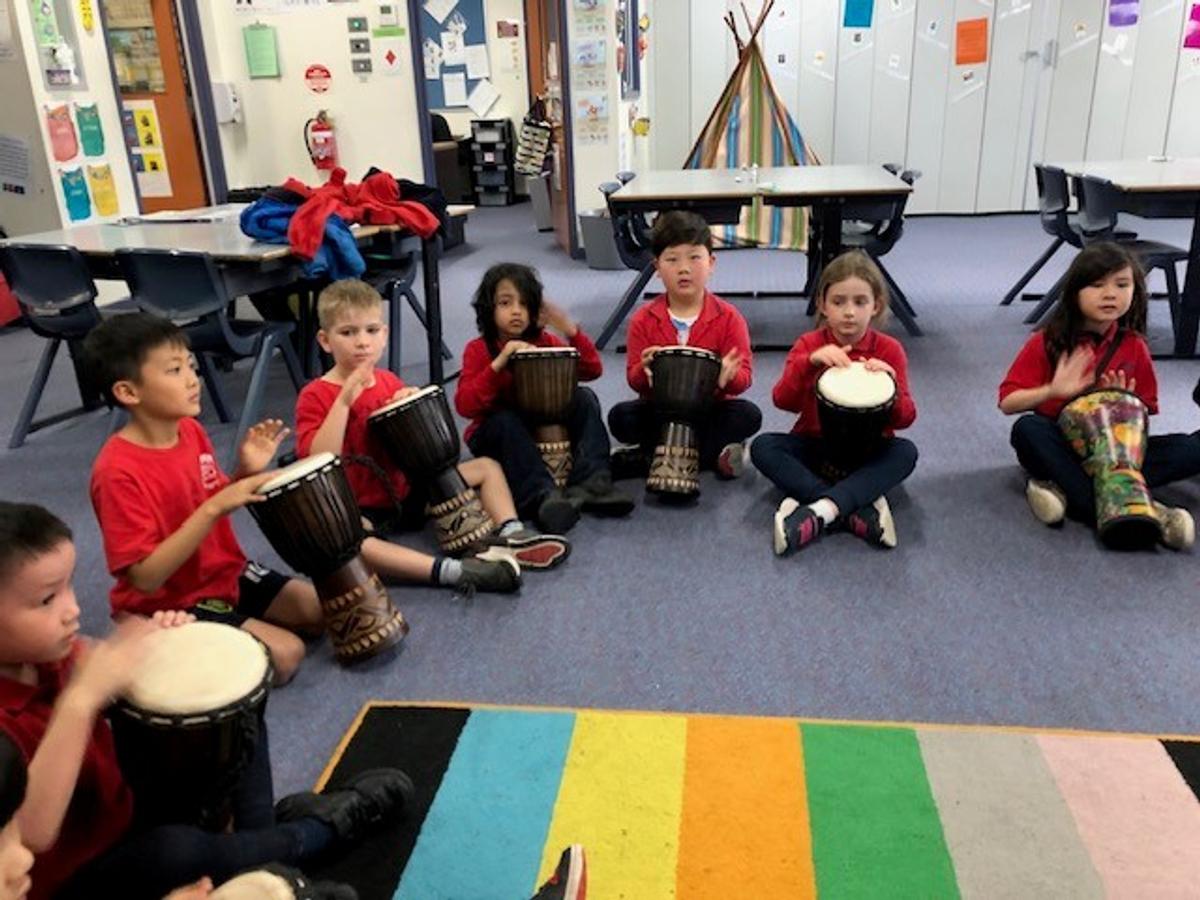










Konnichiwa!
Our grade 1/2 students learnt to greet each other and say hello in Japanese. Students also looked at the world globe and found where Australia and Japan are located. The students brainstormed what they knew about Japanese culture including; different types of food, cars, various technology and origami.
As part of our literacy unit, we have studied poetry. Students learnt about a Japanese style of poetry called Haiku and the pattern of lines and syllables to create a poem. Together, students read a Haiku poem about dogs and then followed origami instructions to create their own dog face. Once completed, the students glued their dog’s head onto a piece of paper and drew the body of the dog. We had lots of fun whilst learning the importance of following instructions, paying attention to detail and developing our creativity.
Arigato (thank you).
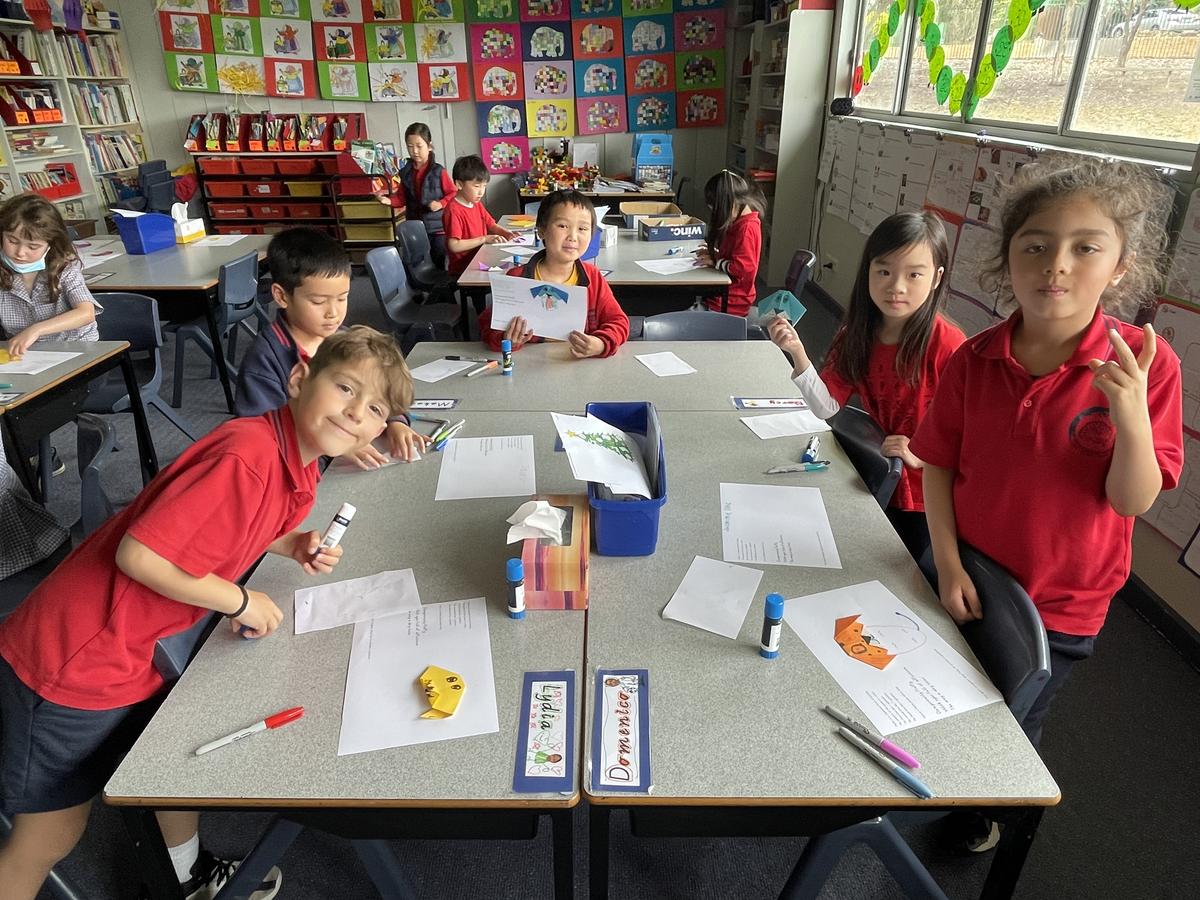
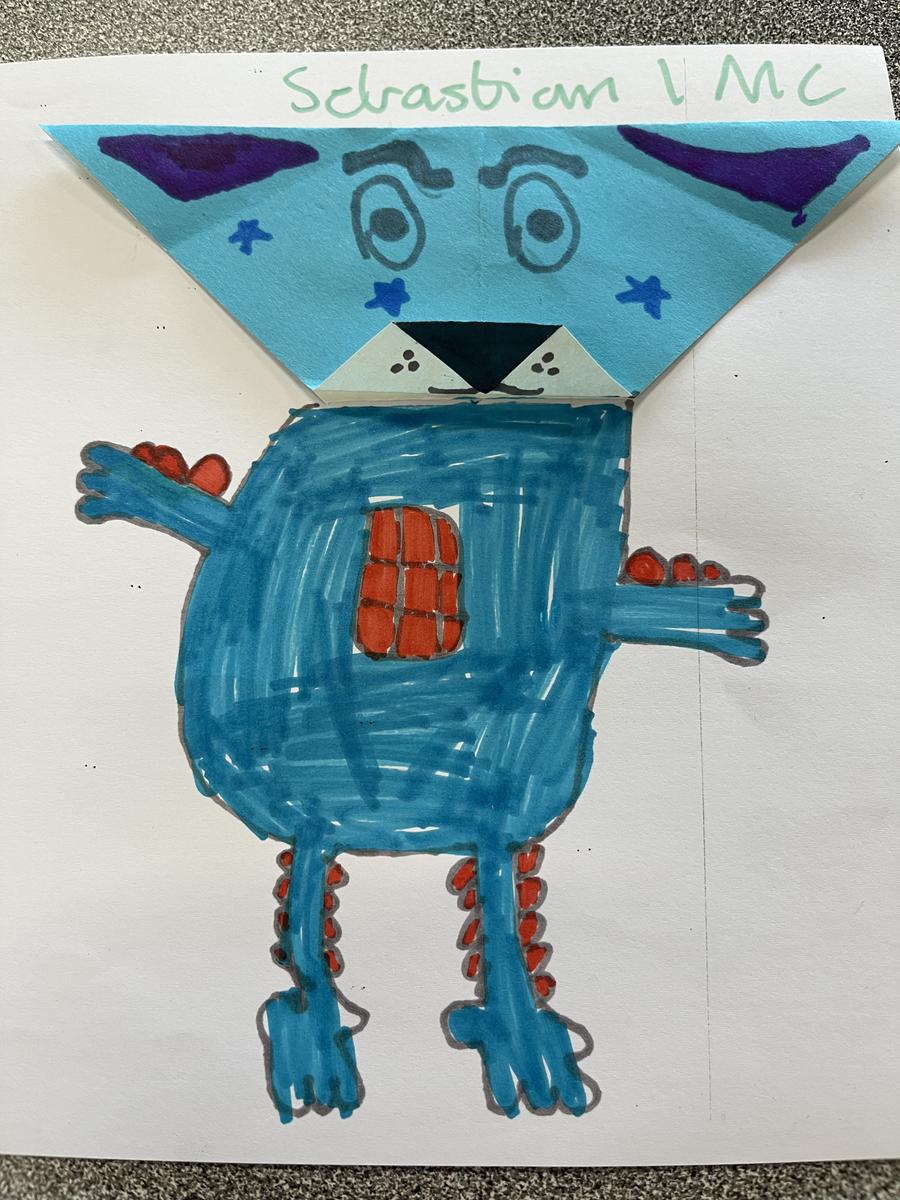
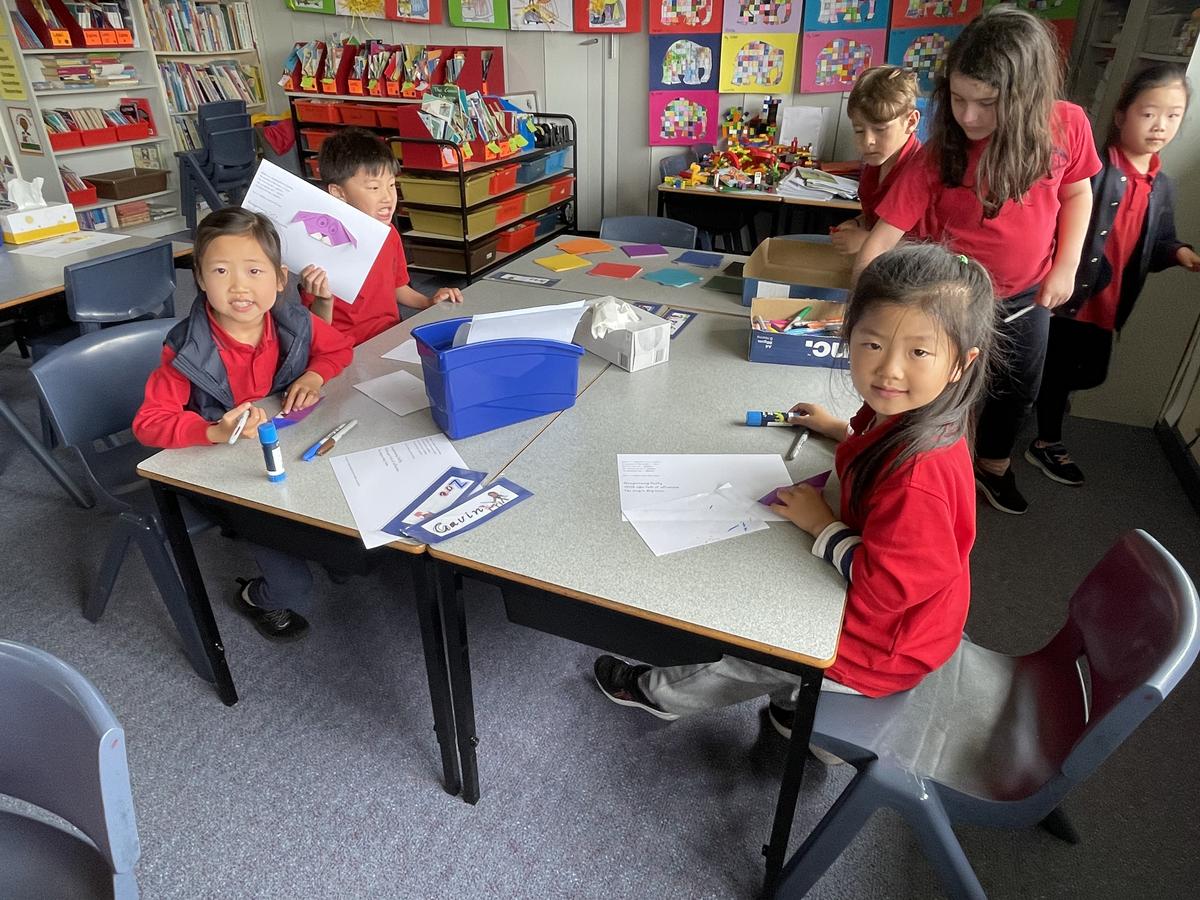
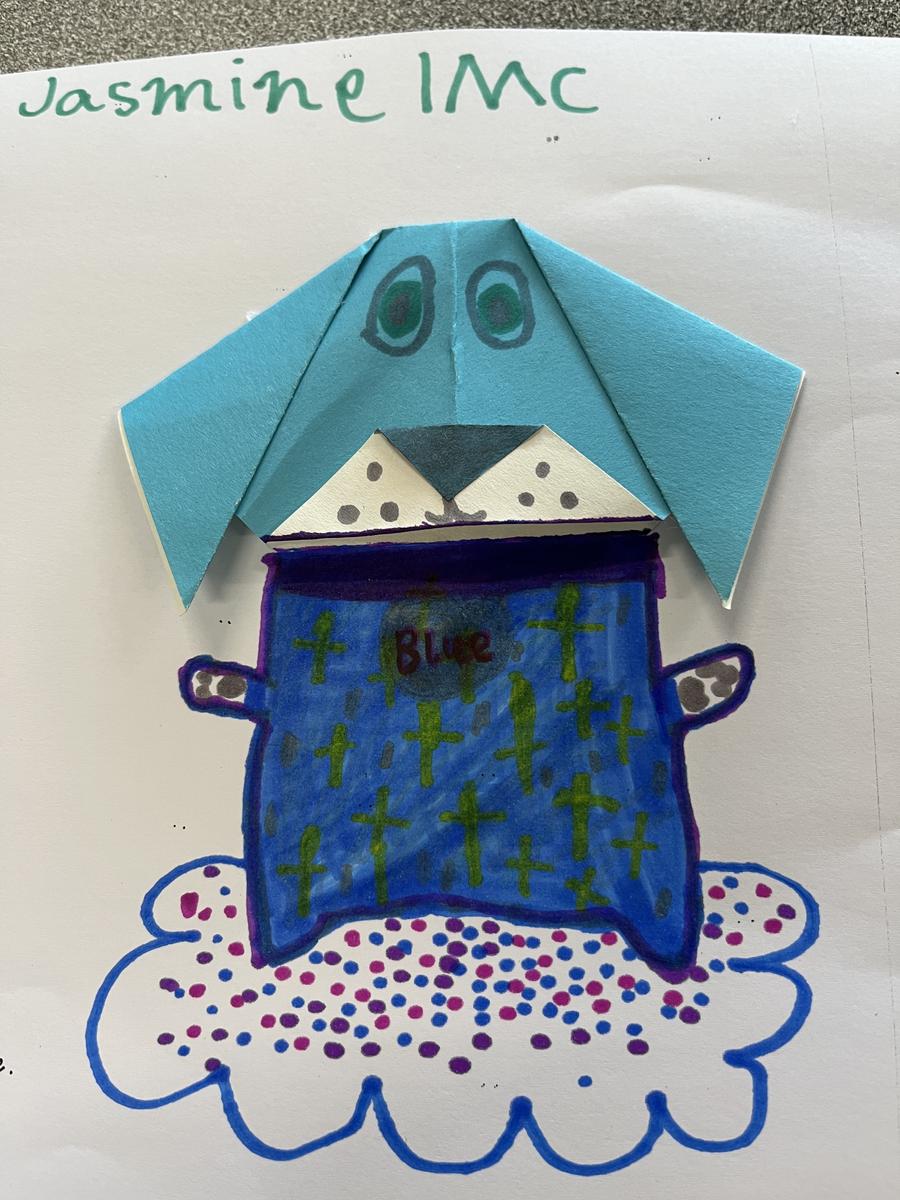
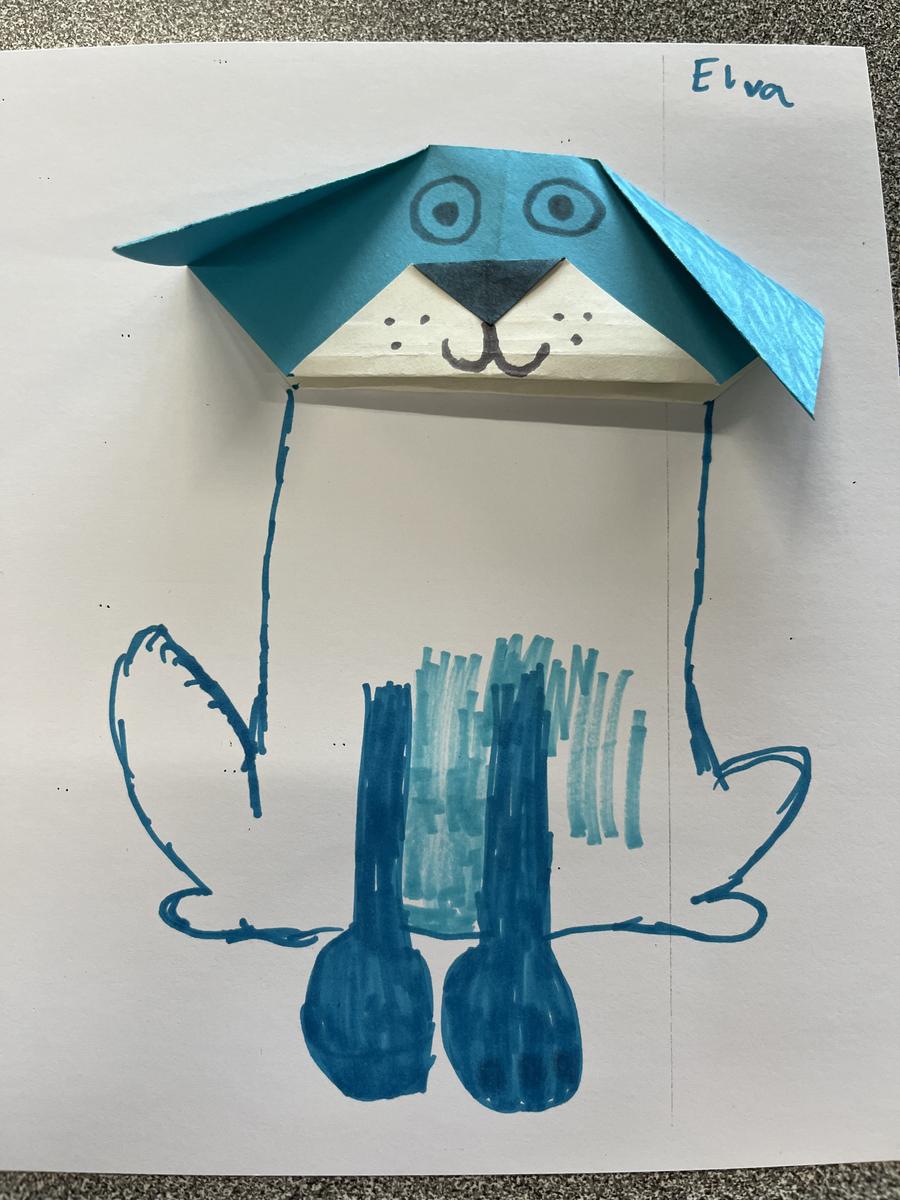
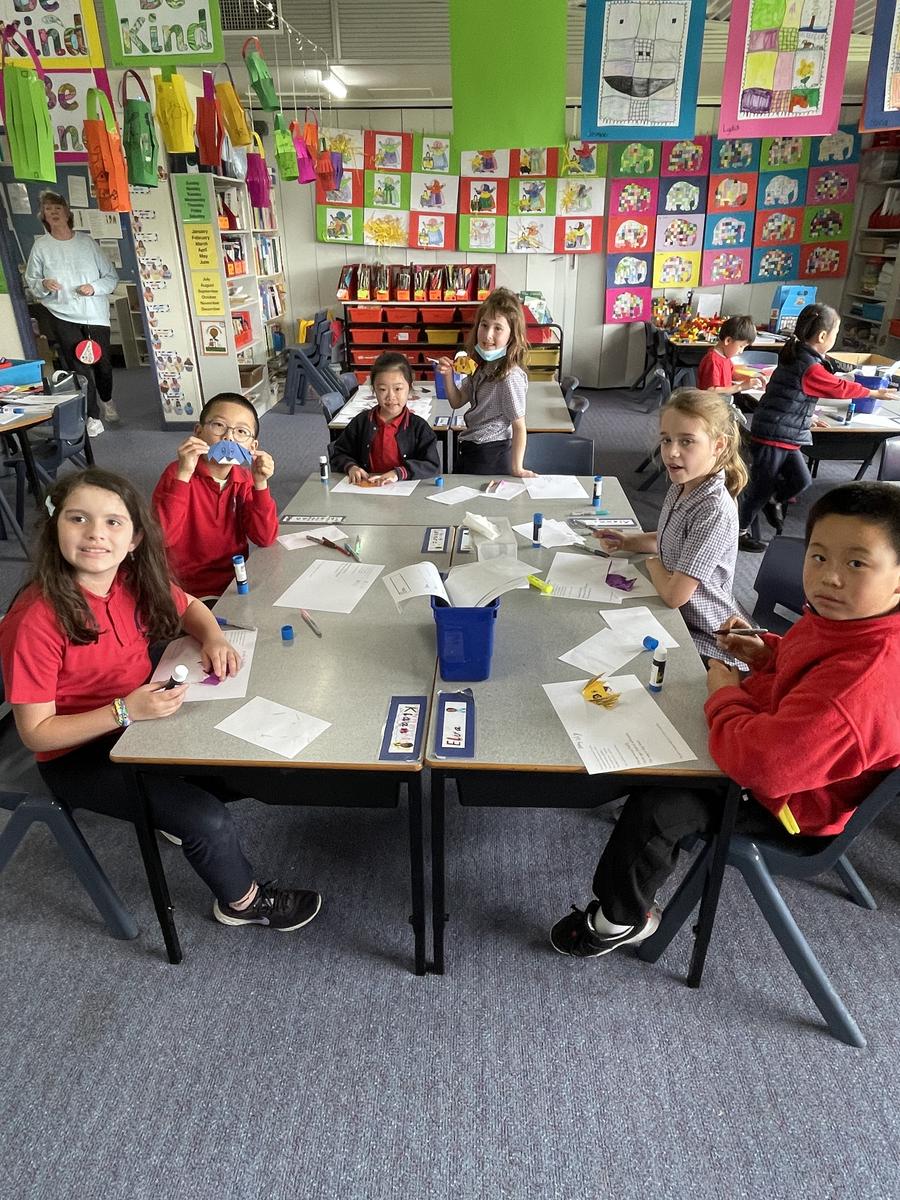
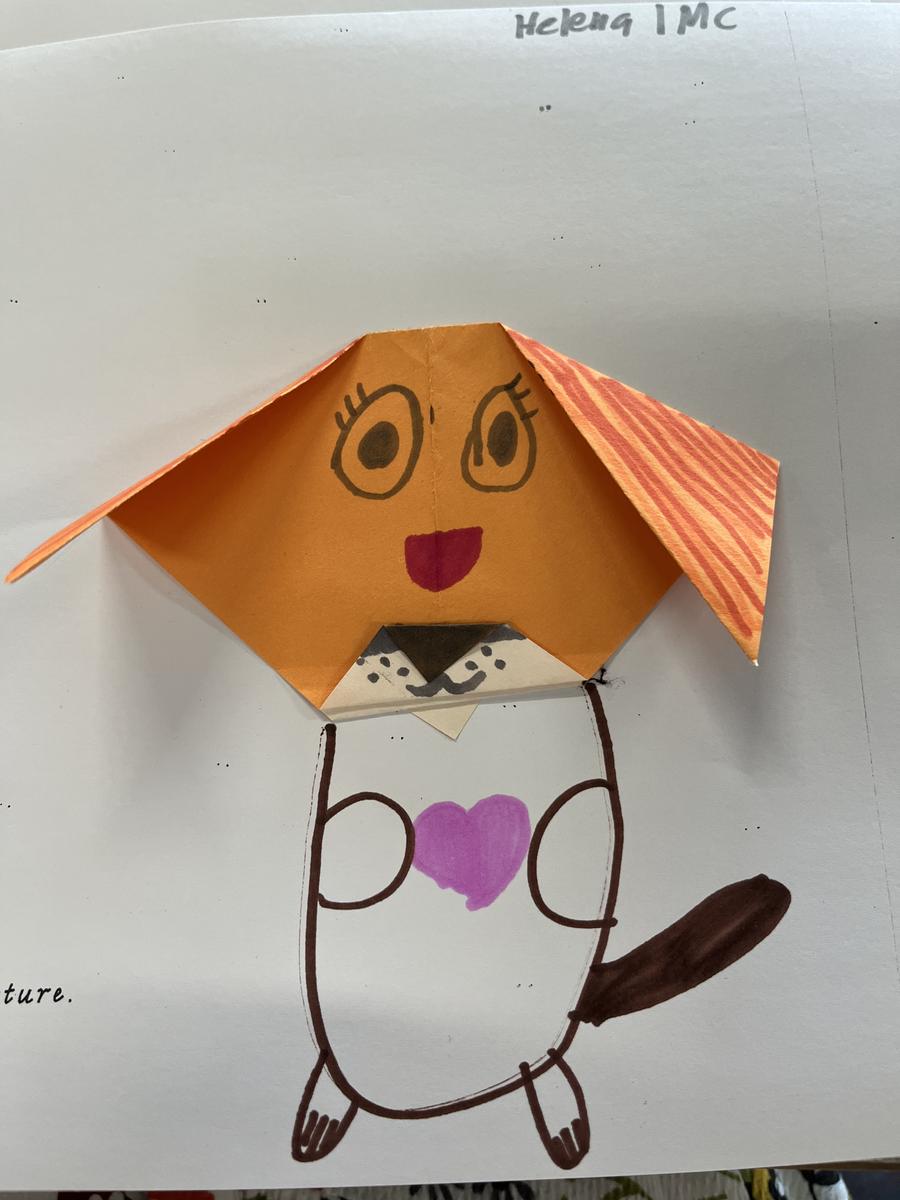
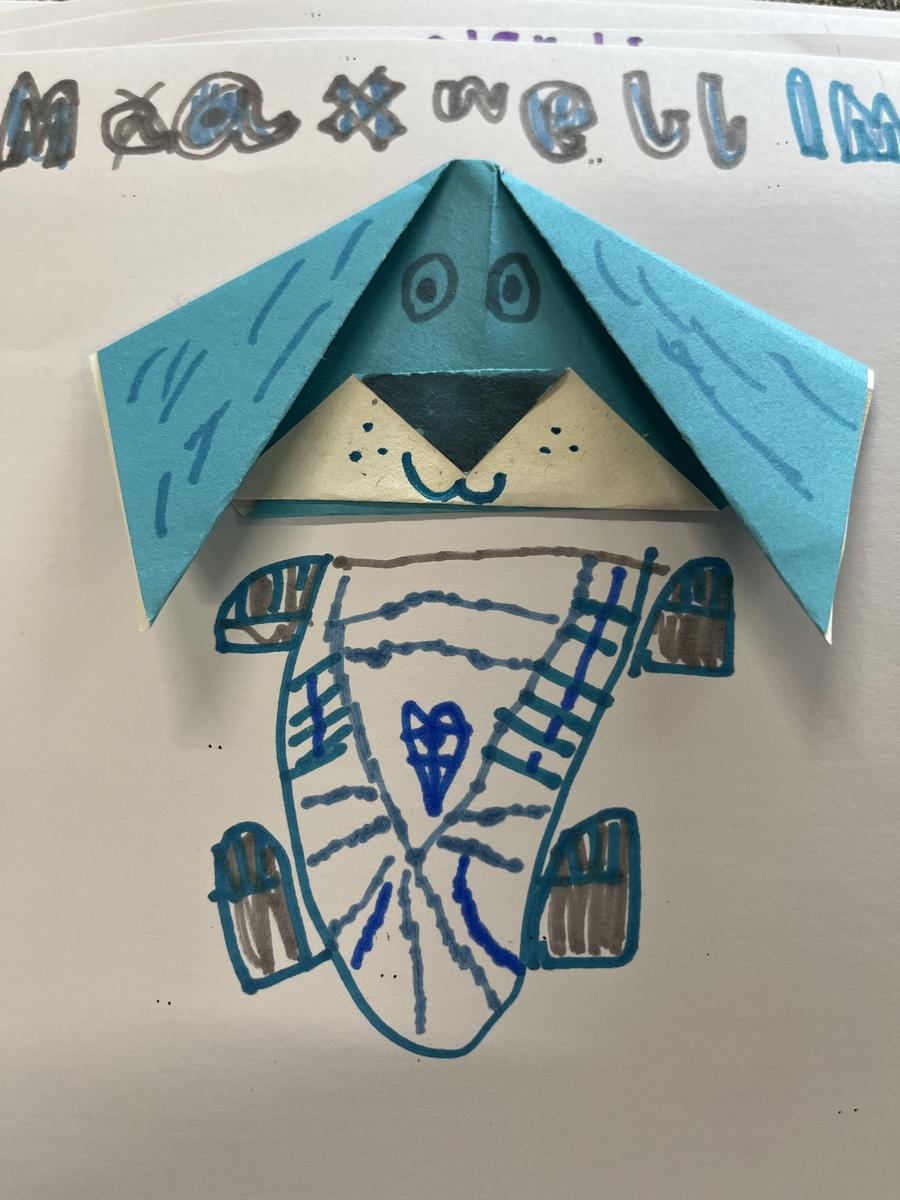








Namaste!
In this session students learnt more about the geography, food, traditional clothing, wildlife and main religions practised in India. They then watched a beautiful video of Dance Masala performing Deewani Mastali, a dance to celebrate Divali. Their next experience was very ‘hands on’ as they followed along with a tutorial on basic hand gestures used in Indian dancing. They learned how to do the Fan, the Peacock, the Lotus, the Lovebird, the ‘OK’, and the ‘Squashed OK’. They also learnt that it is a sign of respect that when the hand gesture is above the head, the palm must be facing upwards.
Students then formed groups to create their own Indian dance to the music “Colours of India’, using gestures they had learned. Finally students shared their dances with each other. One of the biggest lessons of the day was that although the moves look simple, they require a lot of muscle control! We all had a lot of fun creating and watching our new dances.
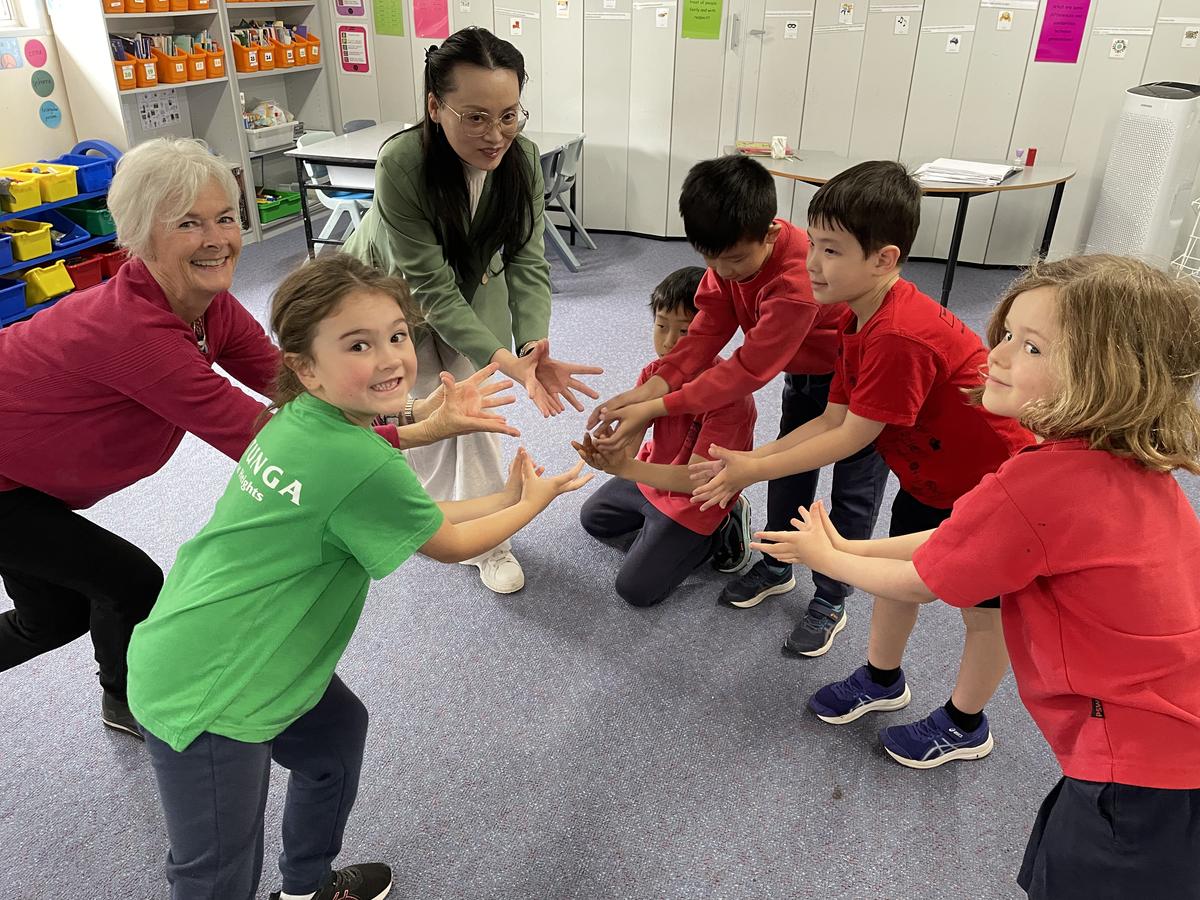
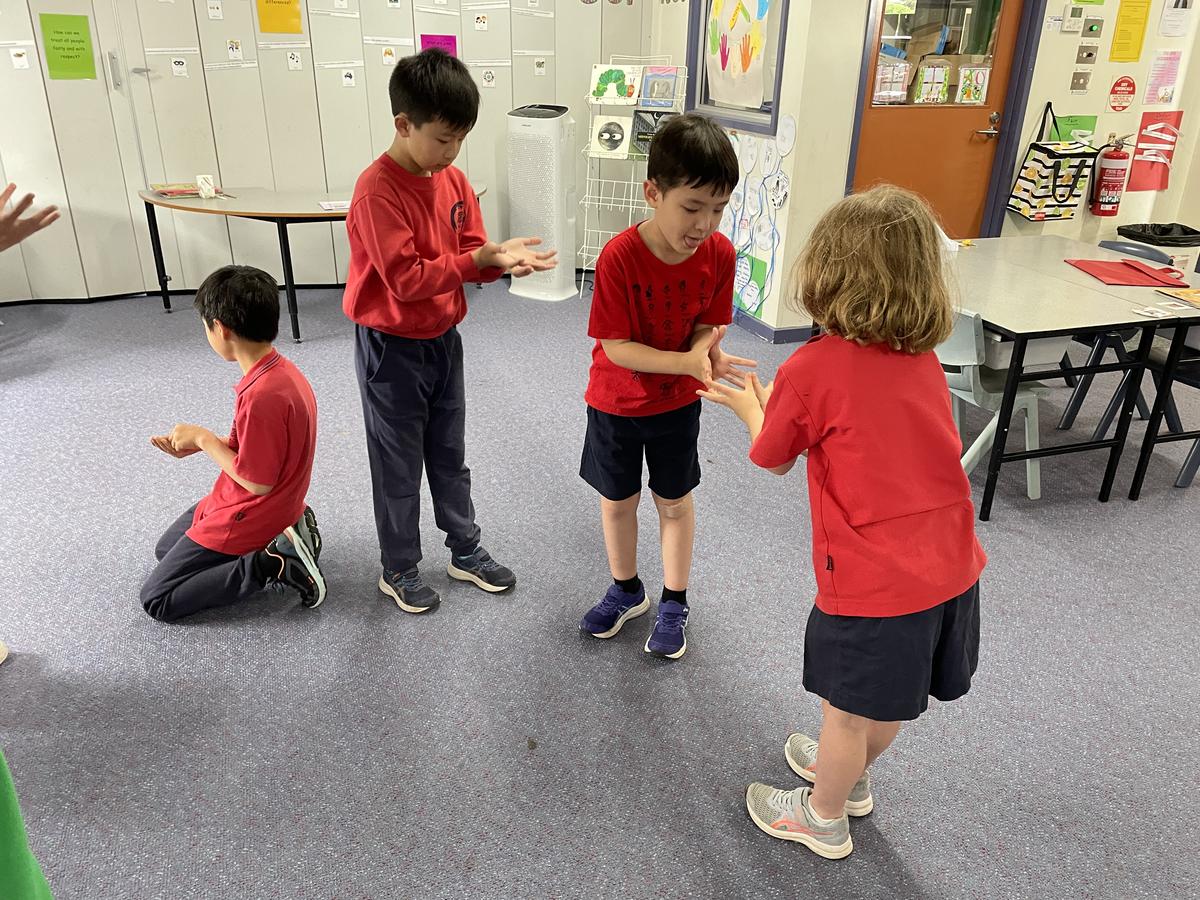
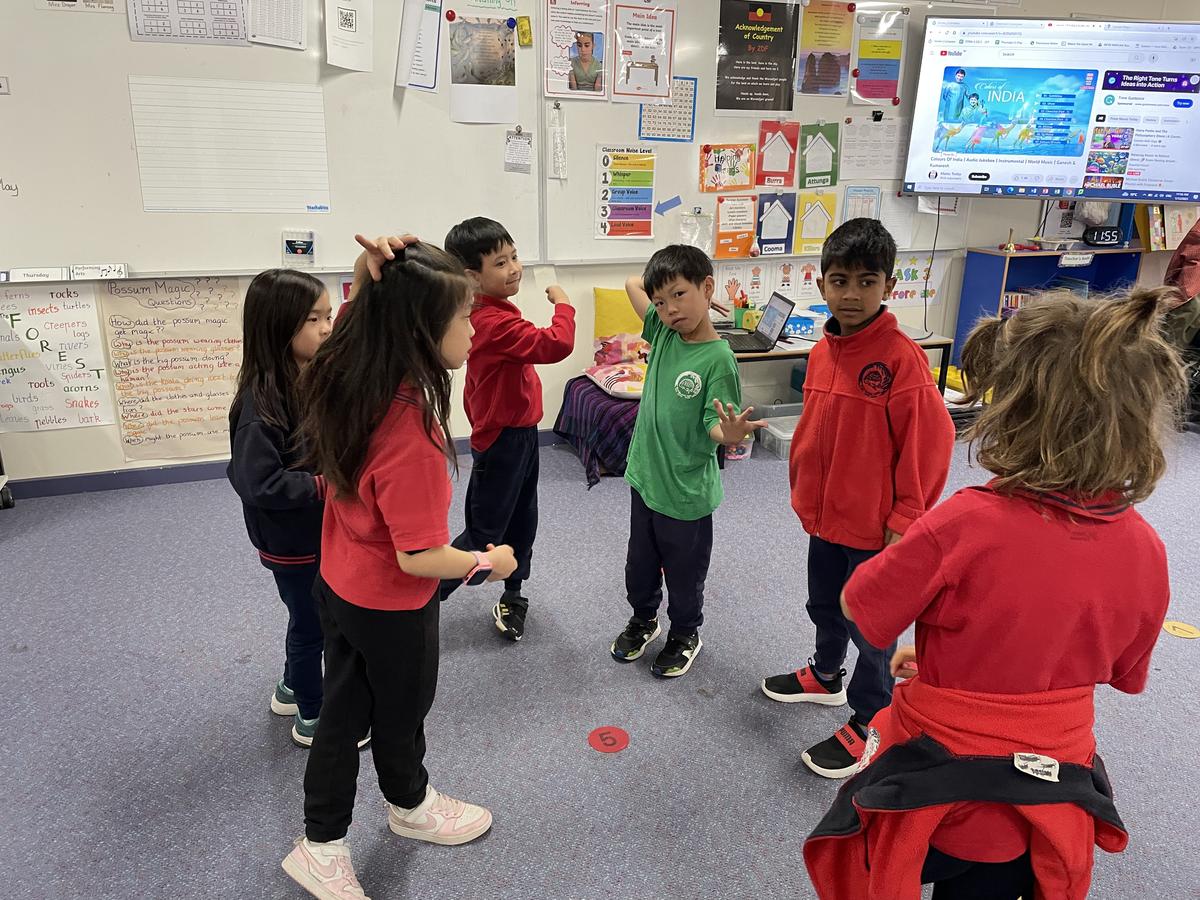
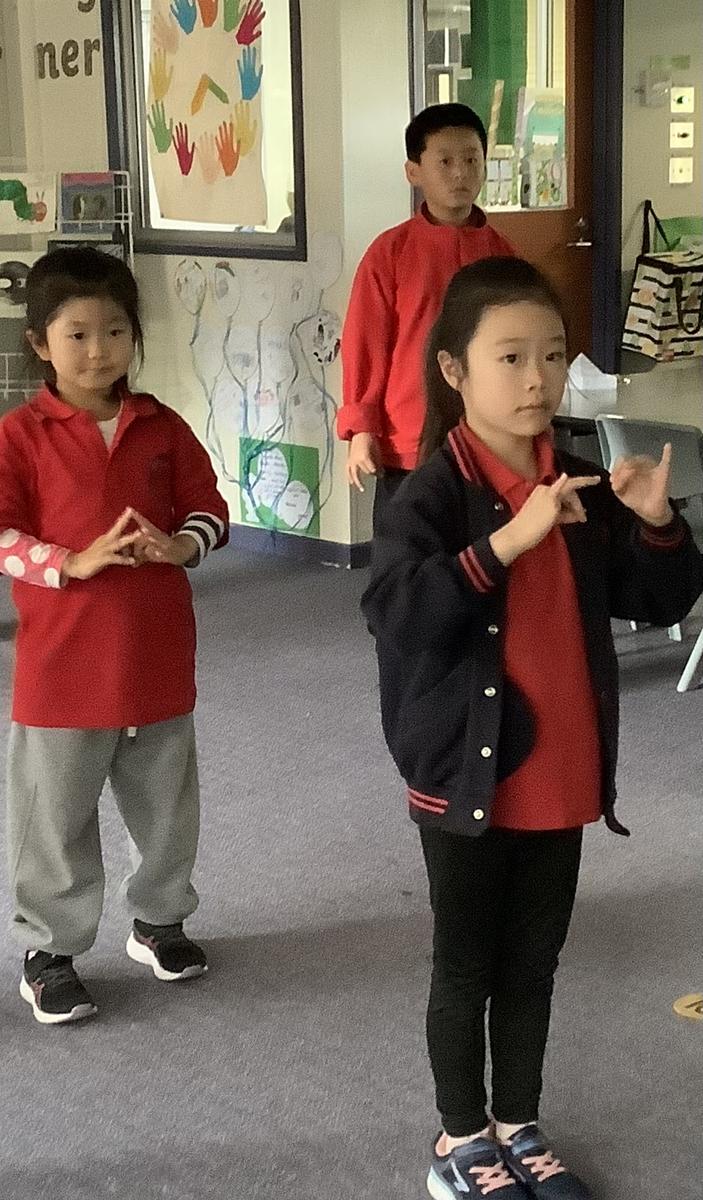
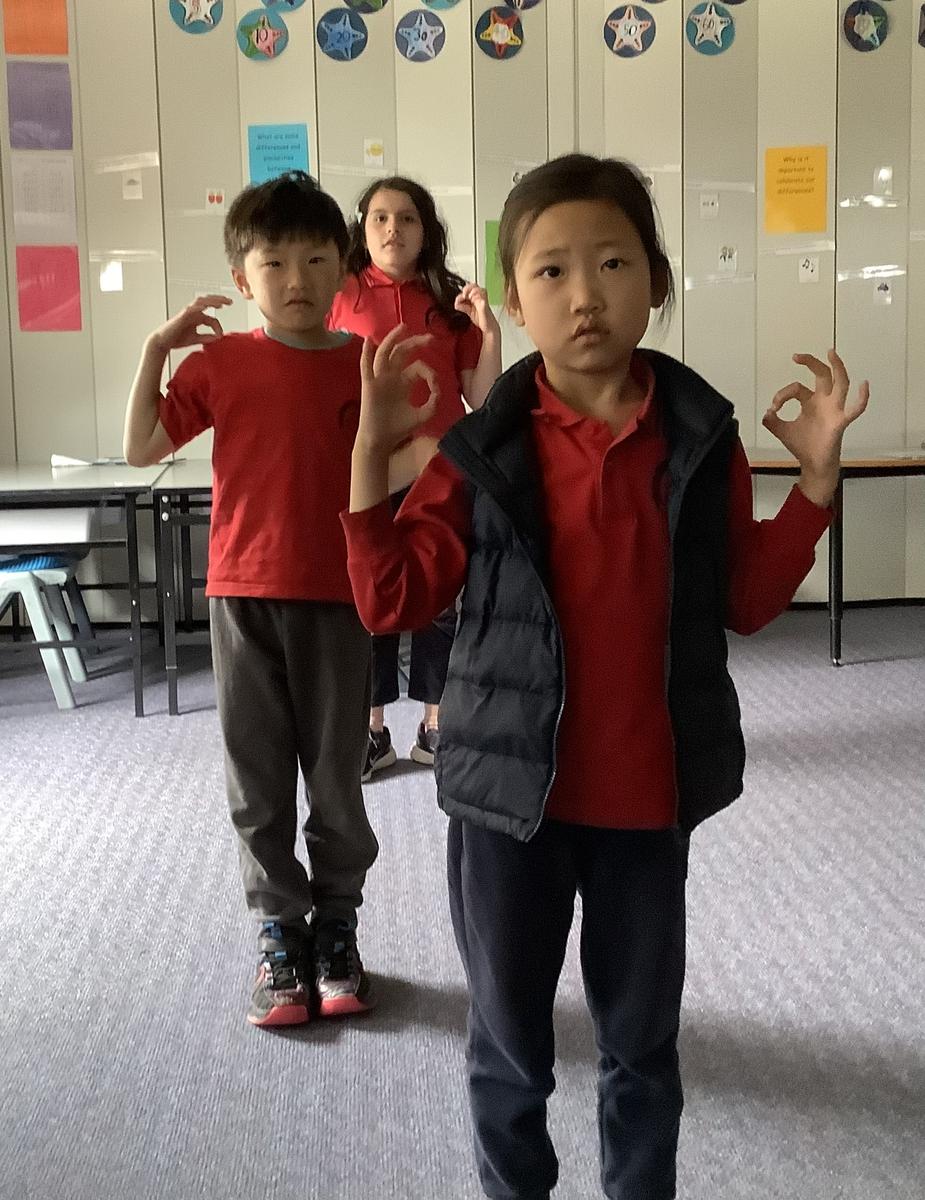
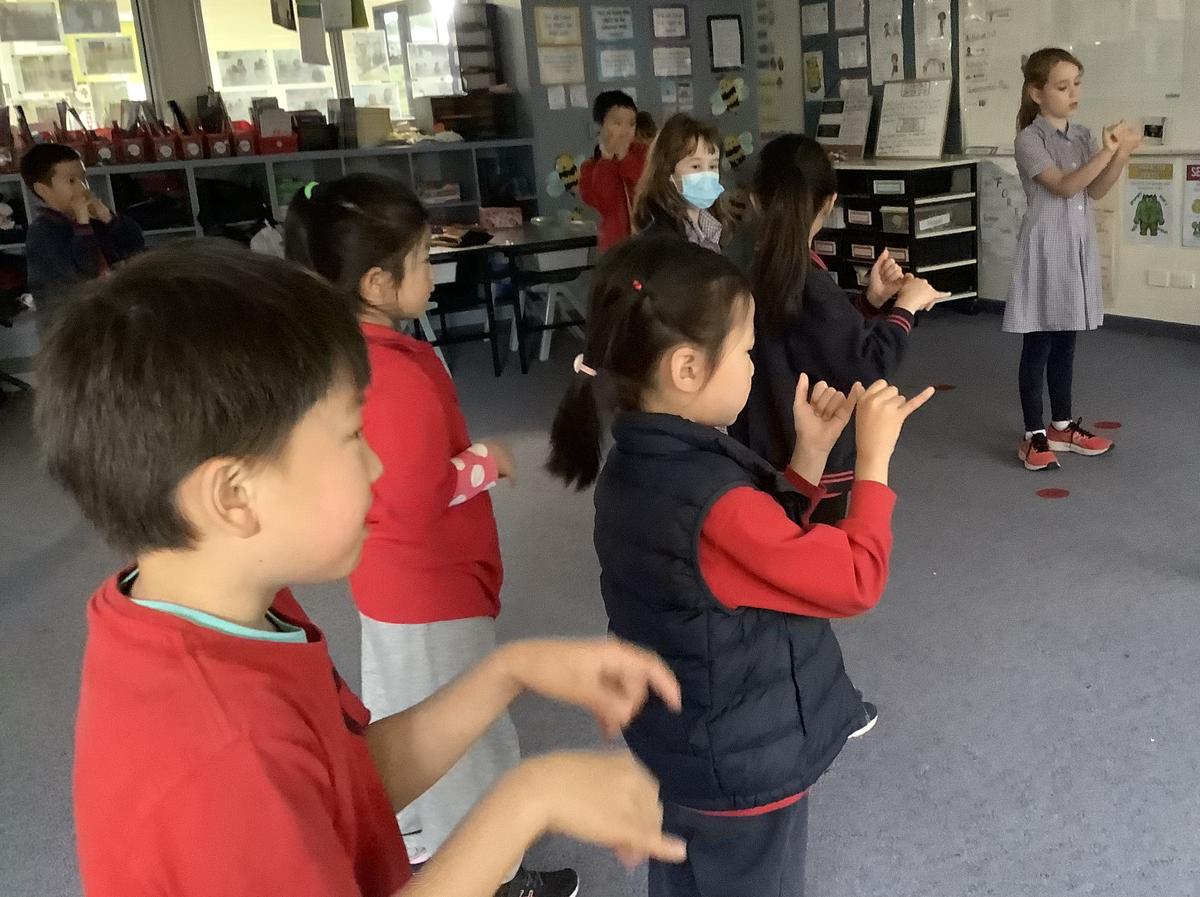
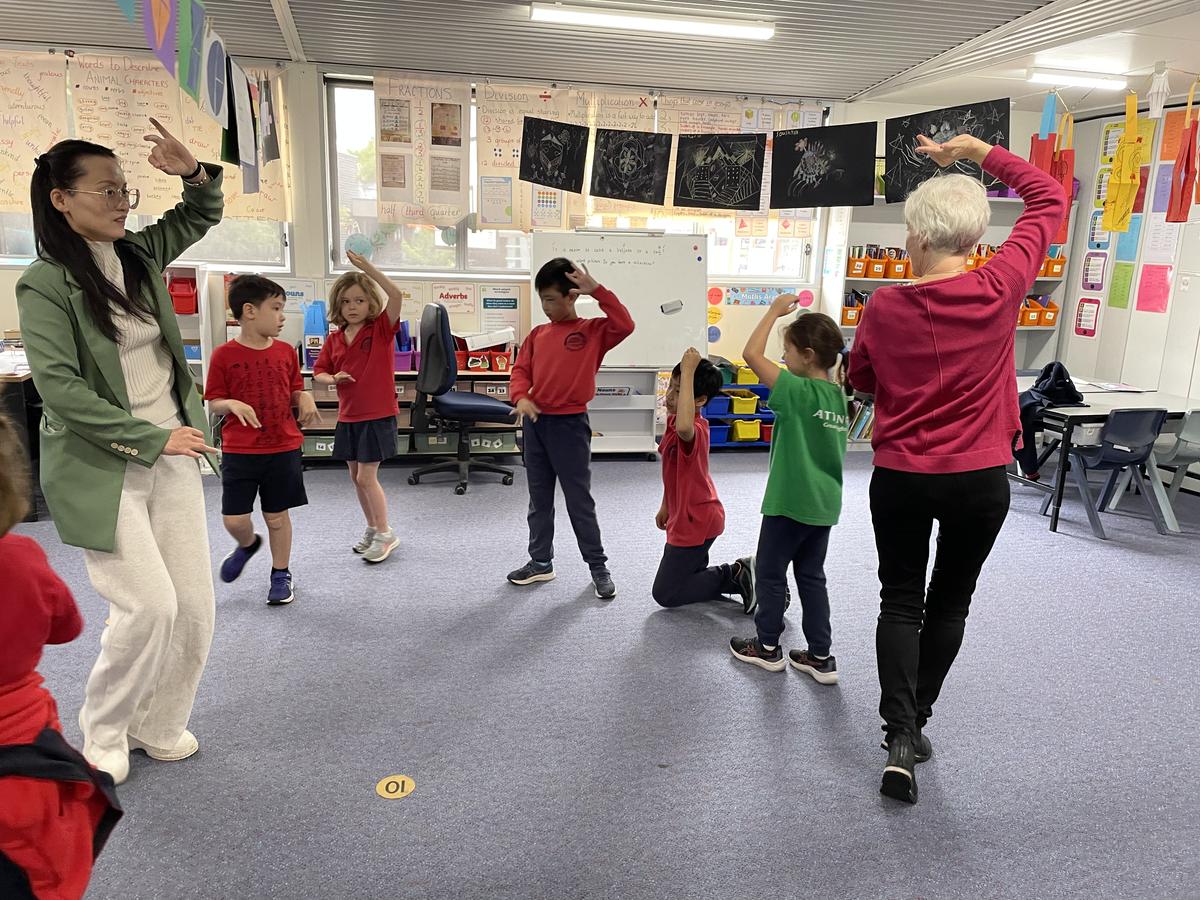
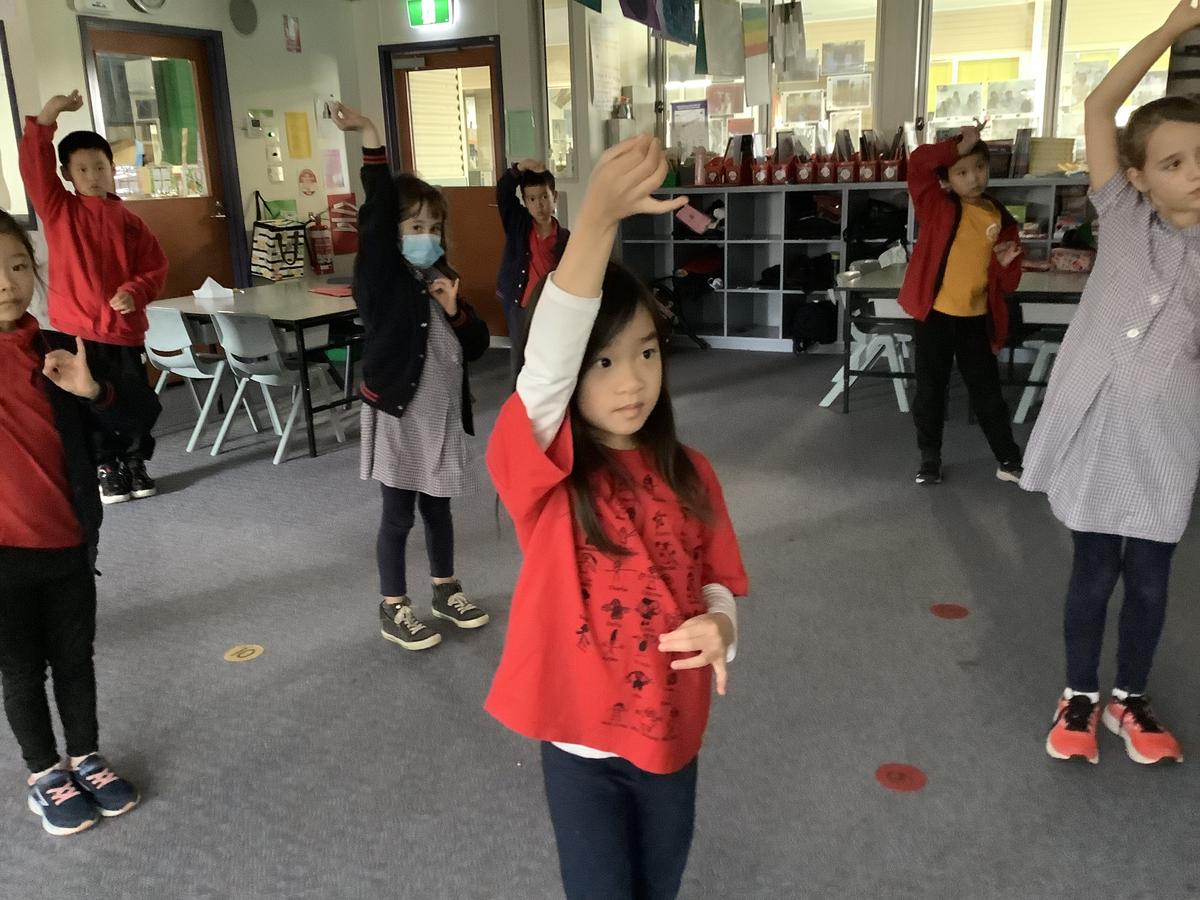
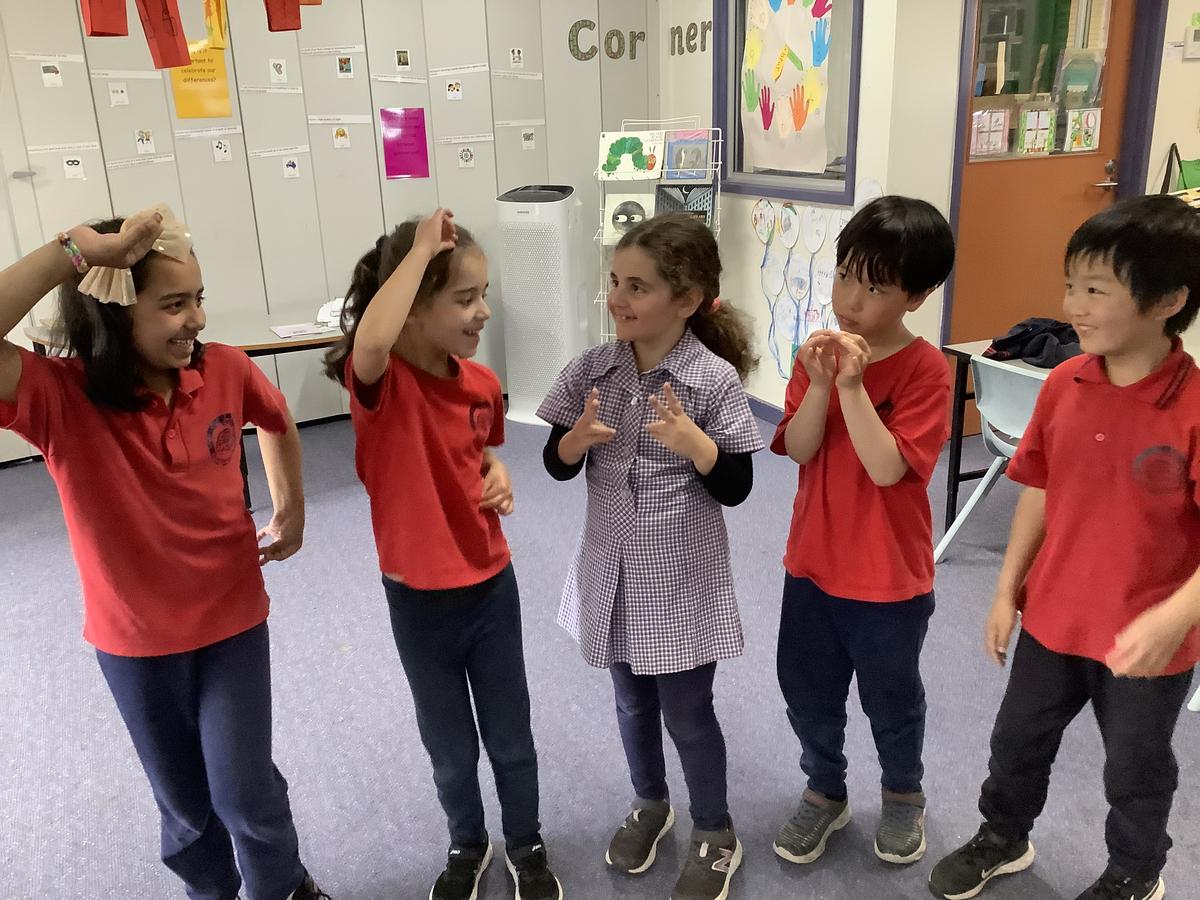

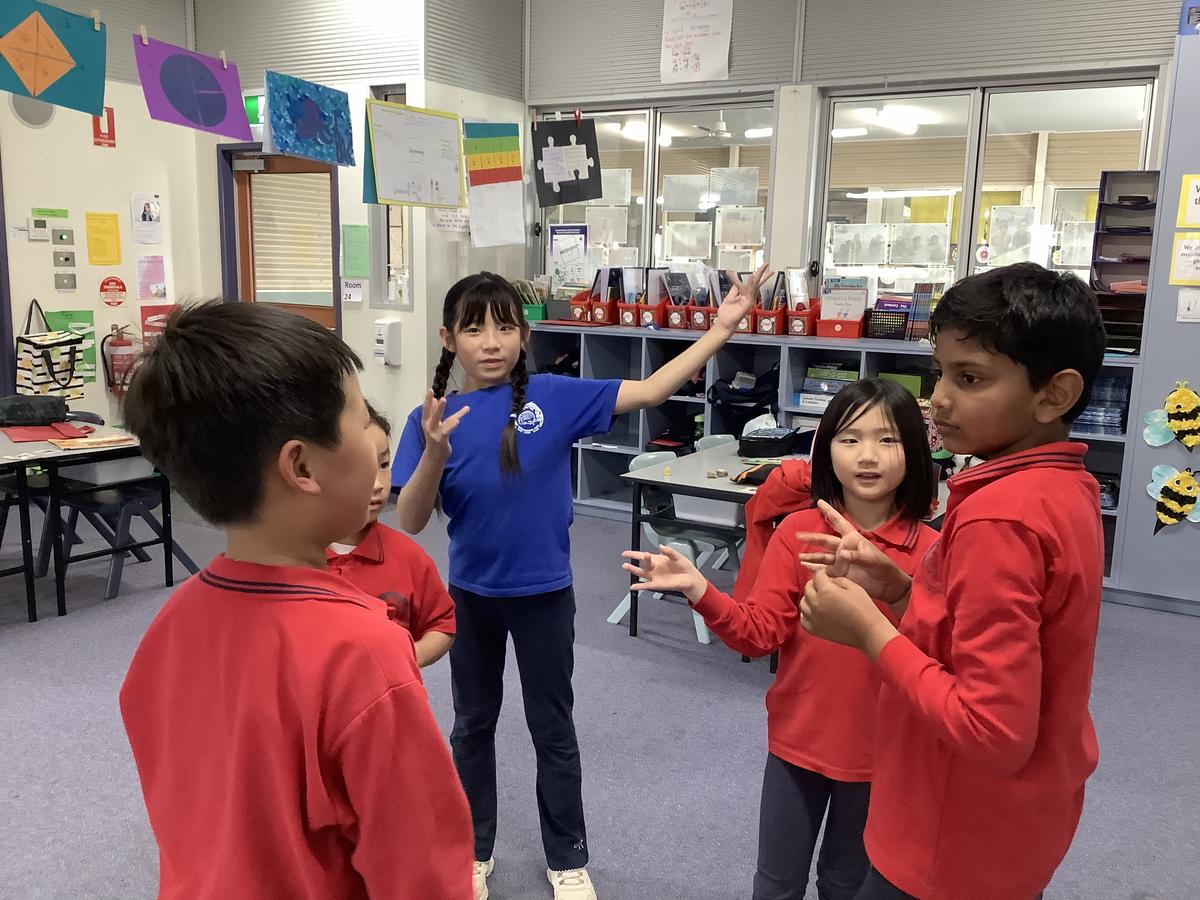
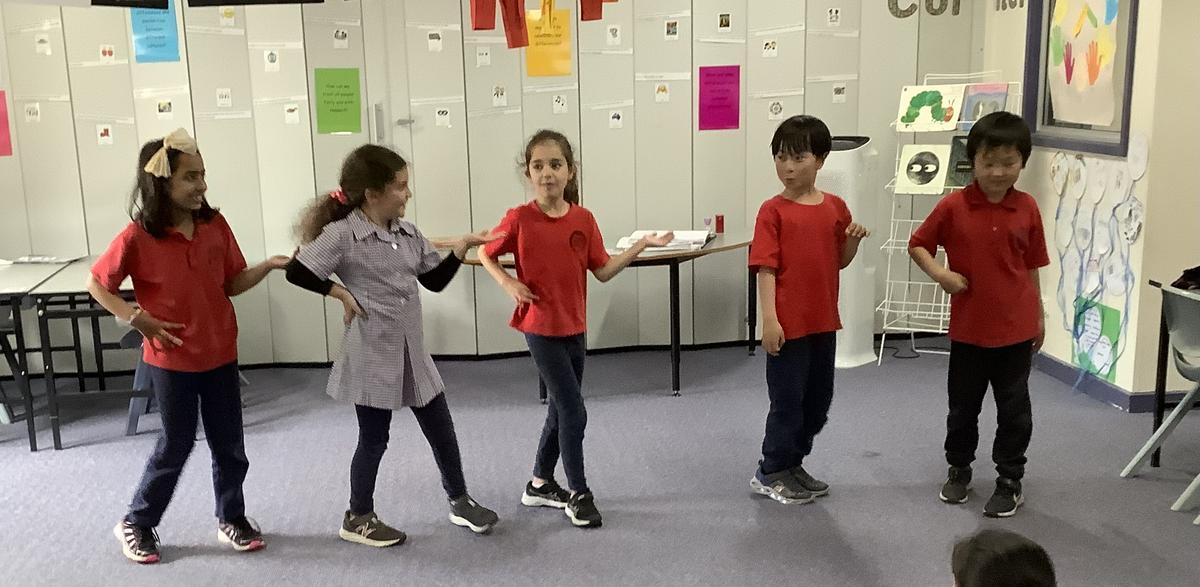

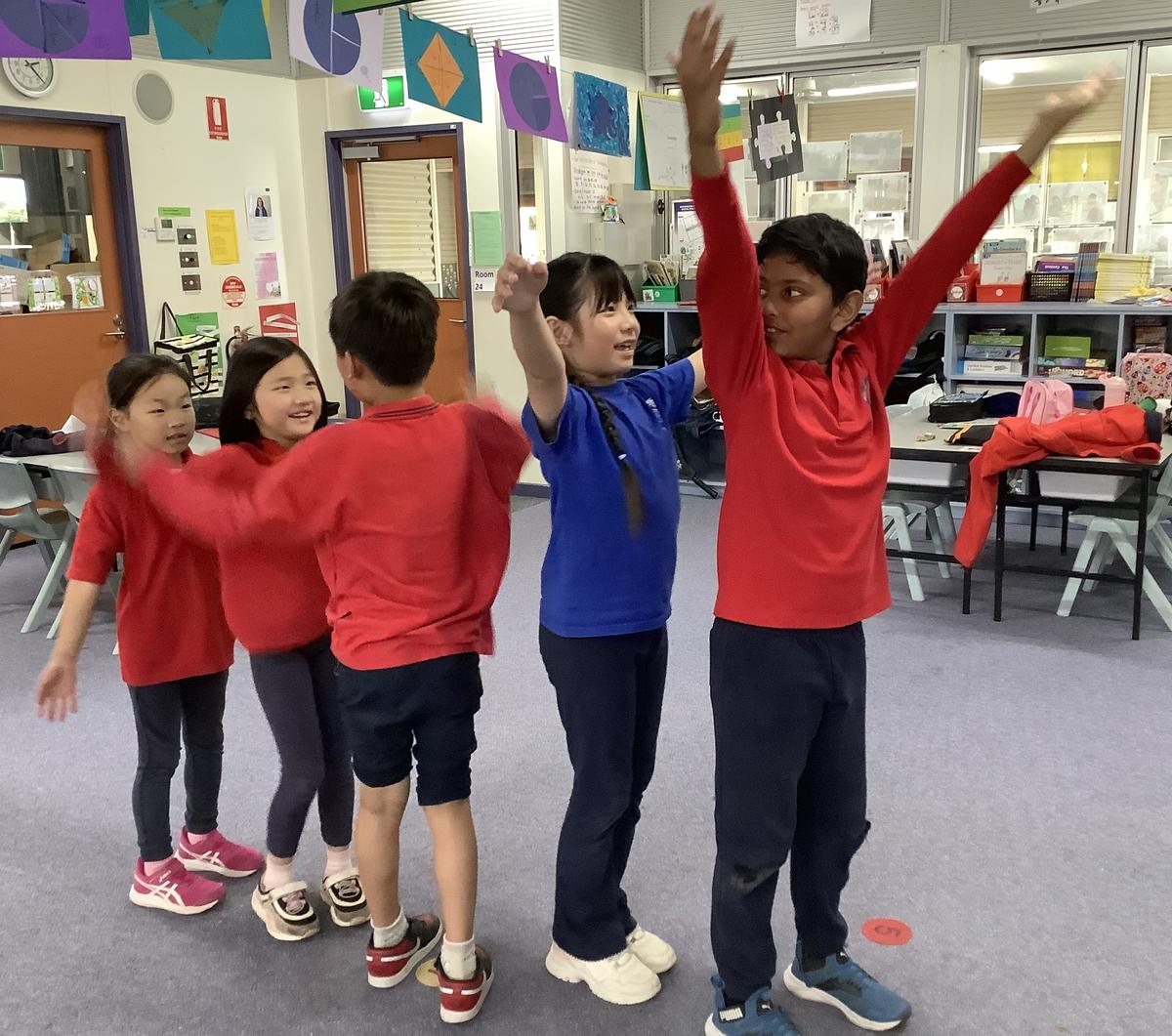
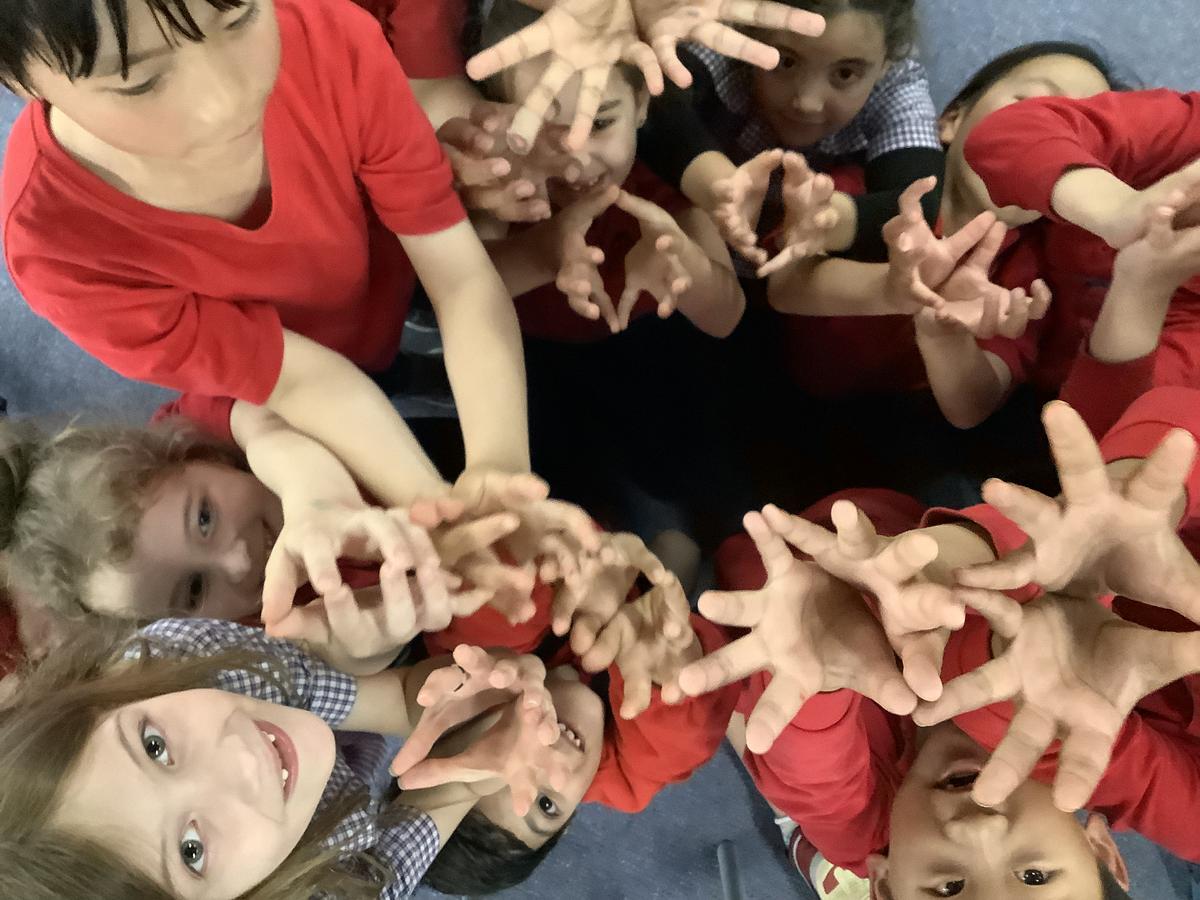
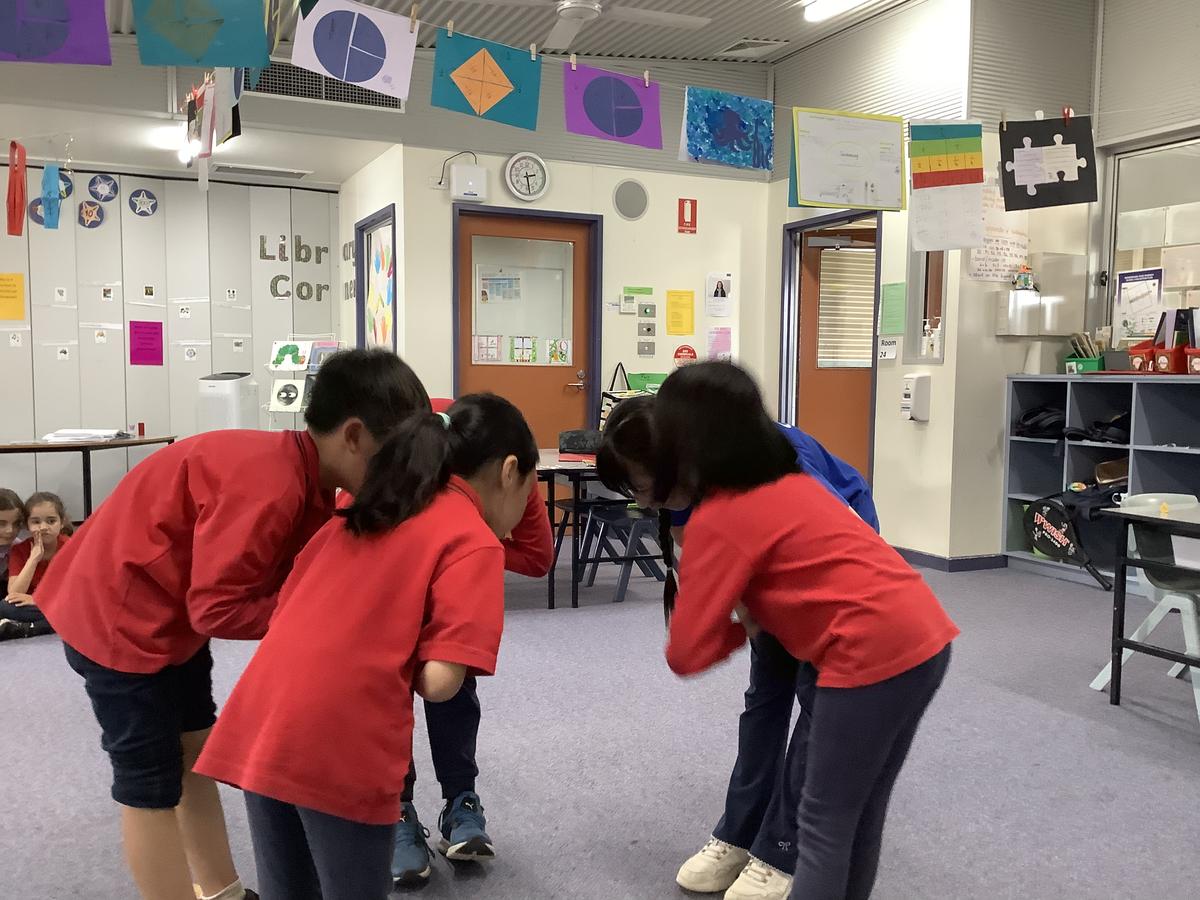
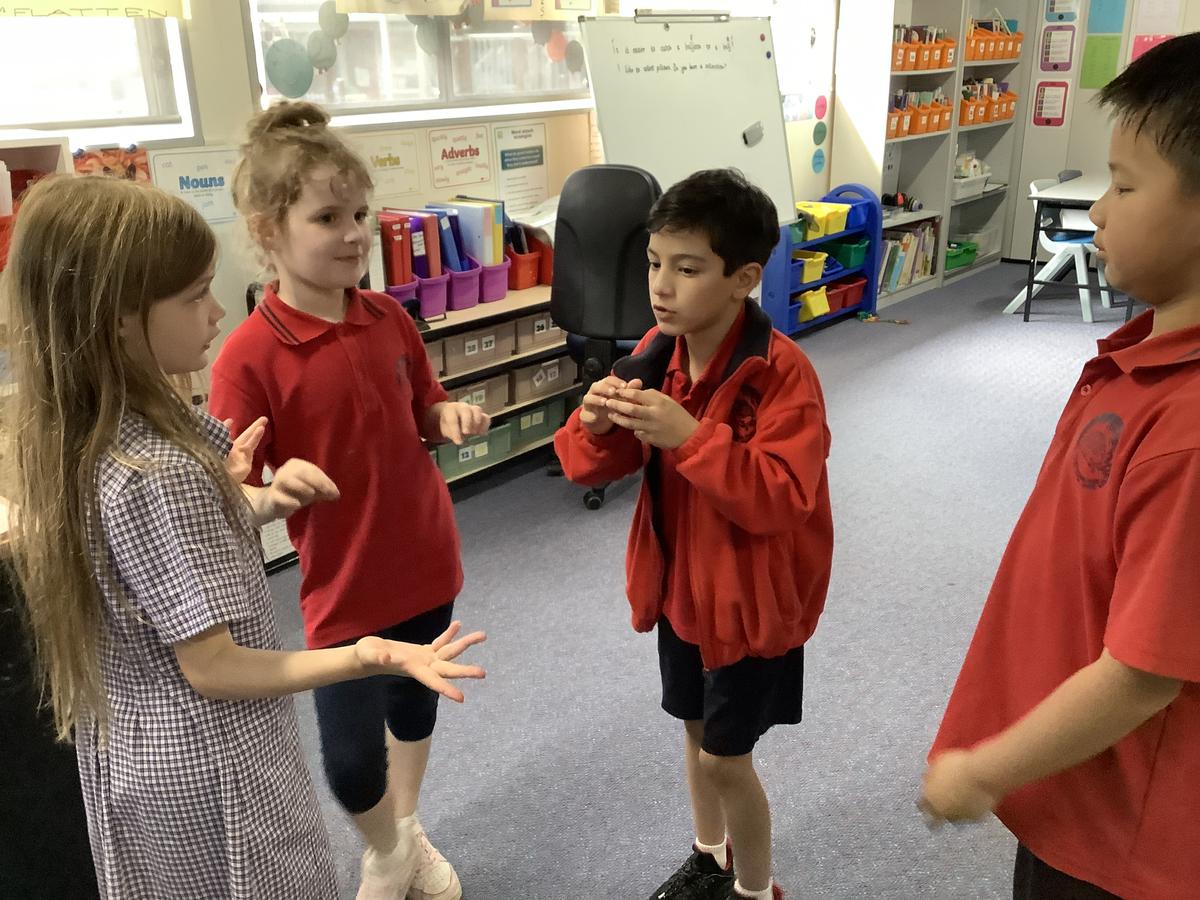
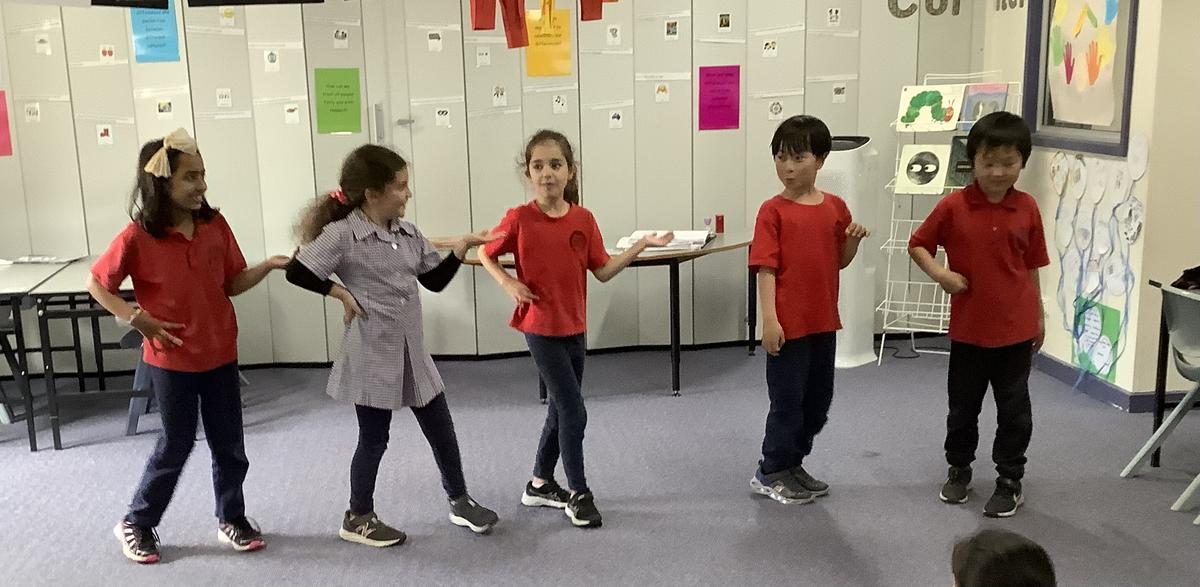
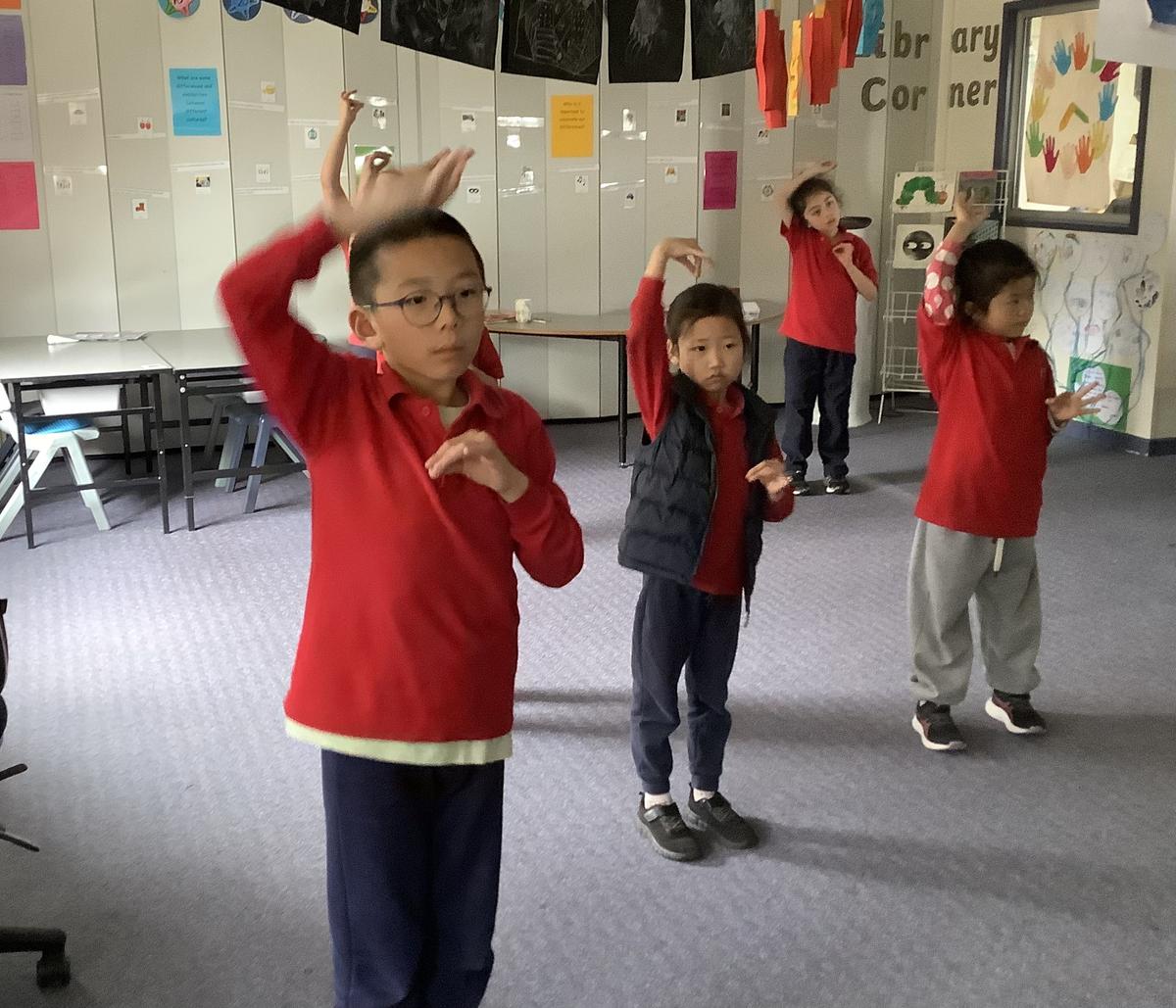
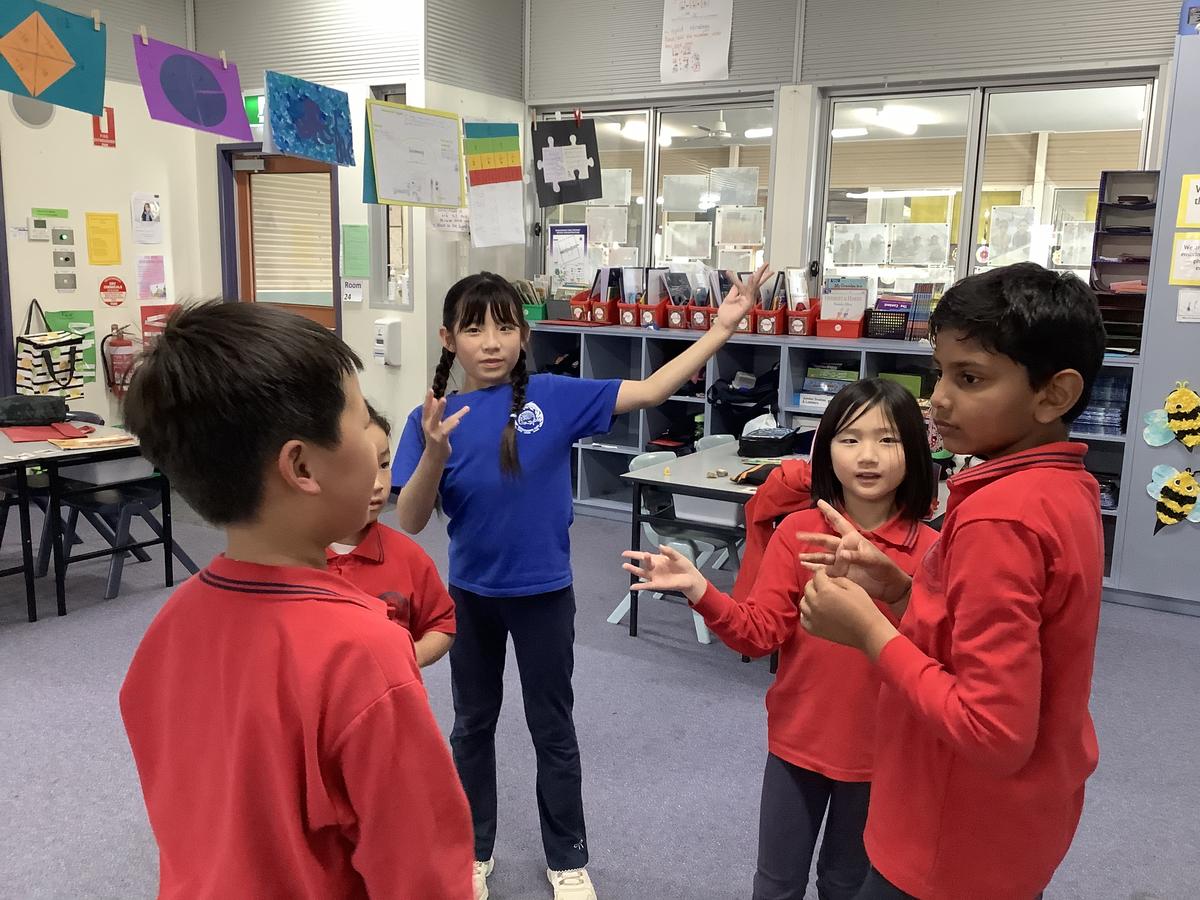
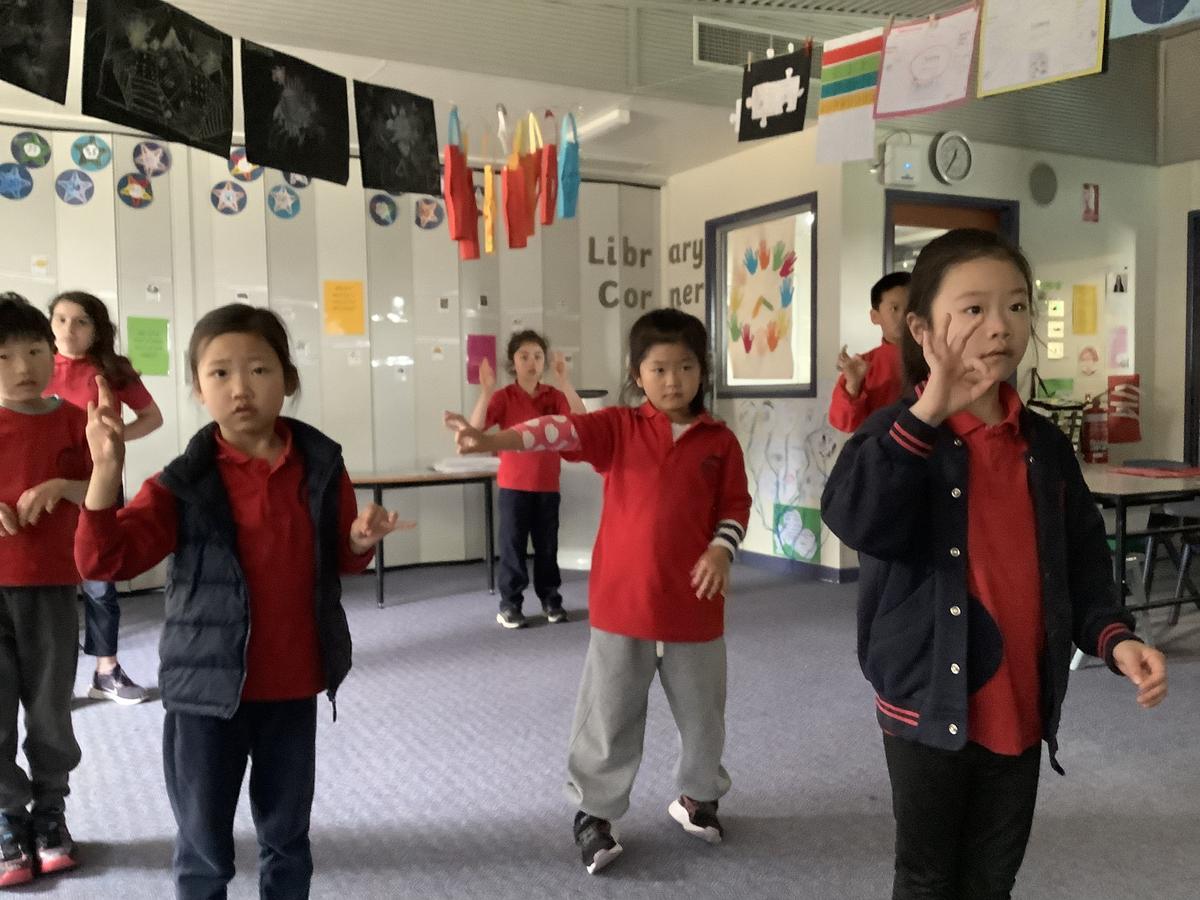
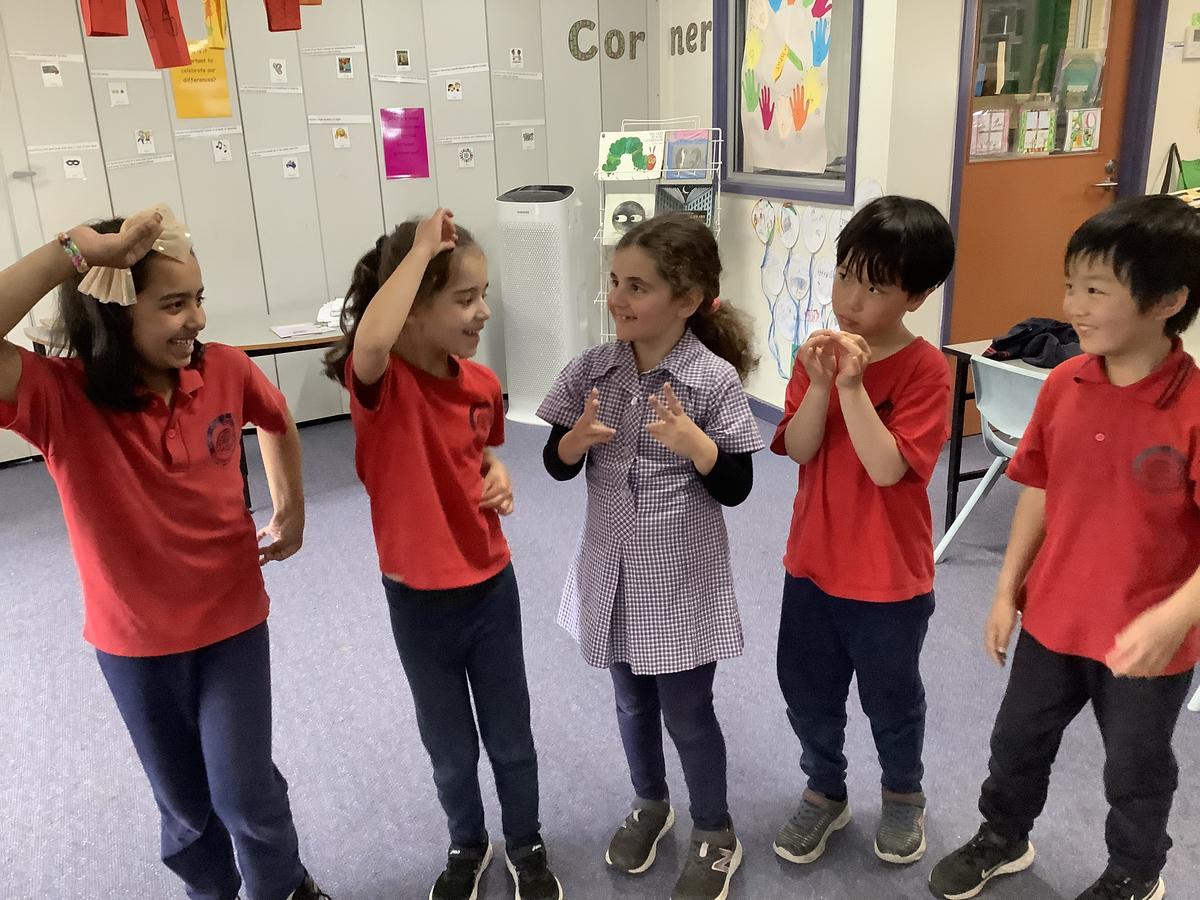
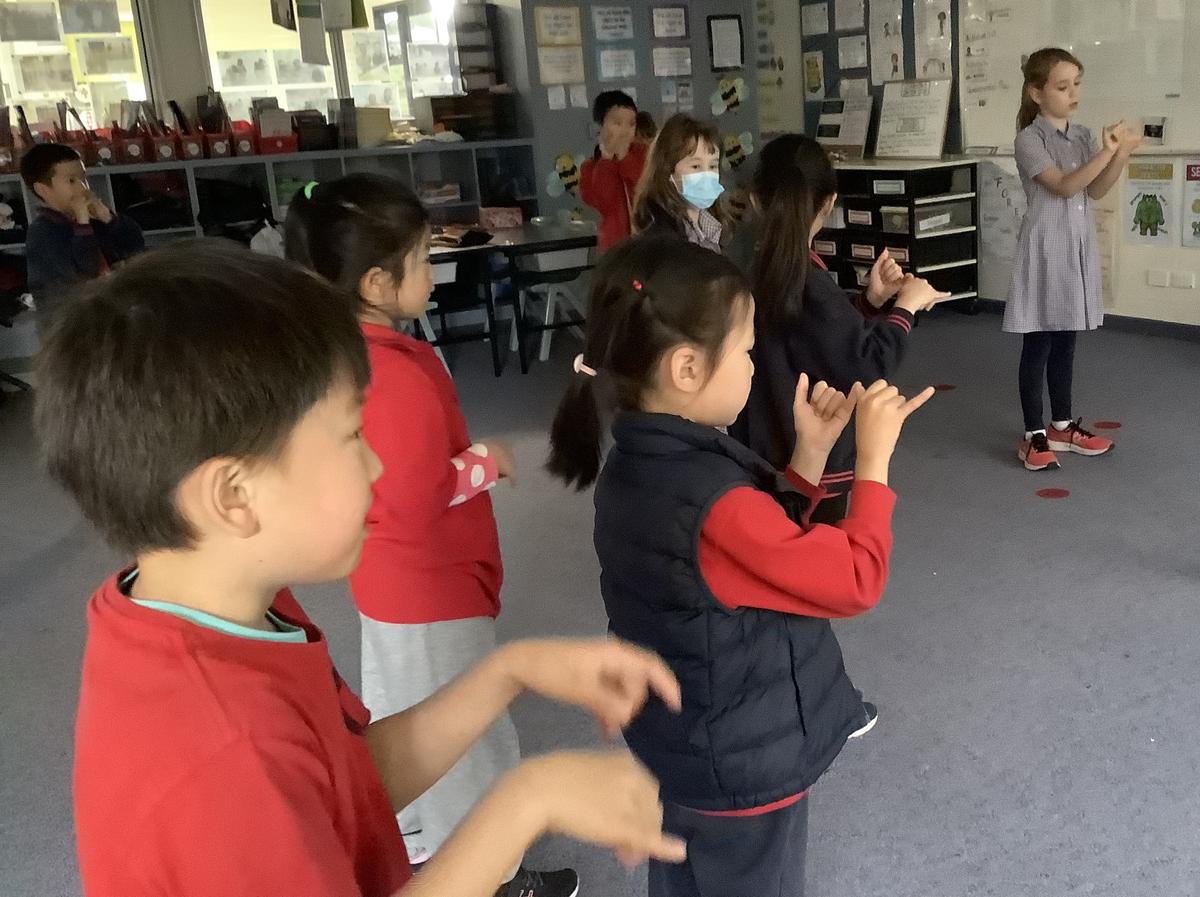























Students in the first half of this session were engaged in learning about Nigeria and its culture. Nigeria was located on the world map and there was discussion in each group about its location in comparison to the equator and other African countries. Students then saw pictures and learnt a little about Nigerian food, traditional dress, music and the game of Ayo!
Ayo is an indigenous game widely played in the south-western part of Nigeria (Yoruba People). The Ayo board consists of two wooden carved boards with holes on each side of the board and forty-eight seeds (called “ayo seeds”), with four seeds in each hole for a start. In the game, each player takes turns to move seeds around the board. They pick up all the seeds in one hole and drop one seed in each of the next holes in an anti-clockwise direction. If the last hole a seed is dropped into has an even number of seeds (eg. 2, 4, 6, 8 seeds etc), then the player can take those seeds and put them in their cup. The winner is the player with the most seeds when there are no more seeds on the board or no more moves can be made.
Although we didn’t have traditional Ayo wooden game boards, we creatively made our own. Students played on a template of the game on A3 paper and used counters instead of seeds. All students learnt the game quickly and they had a lot of fun.
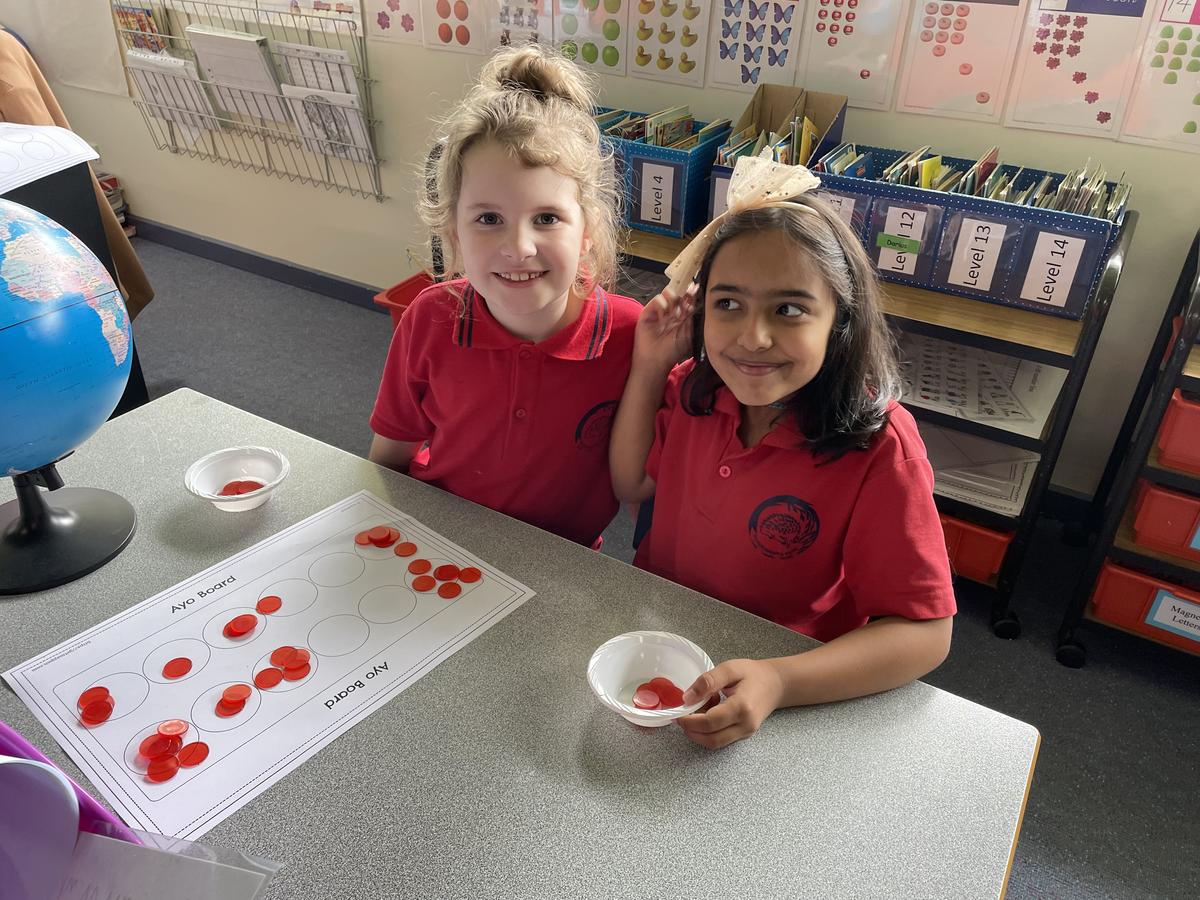
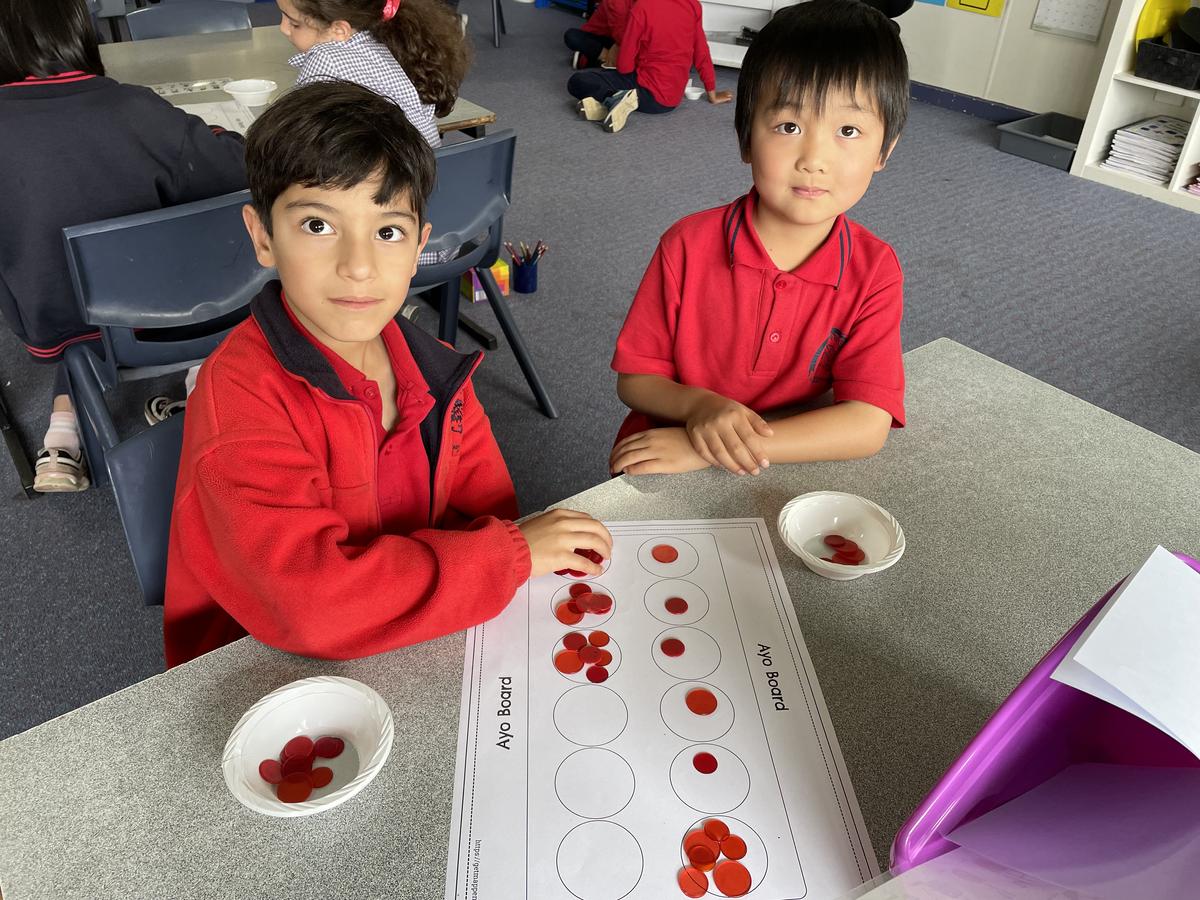
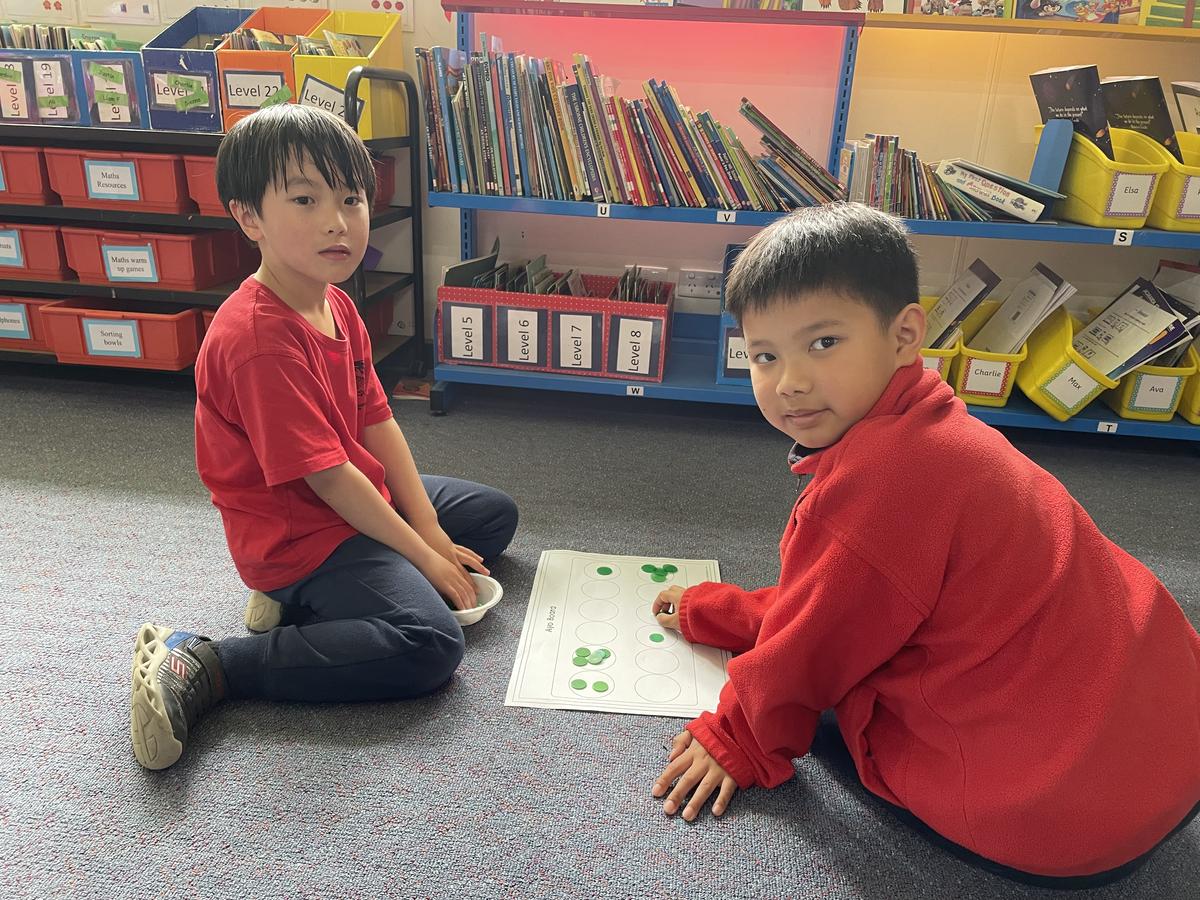
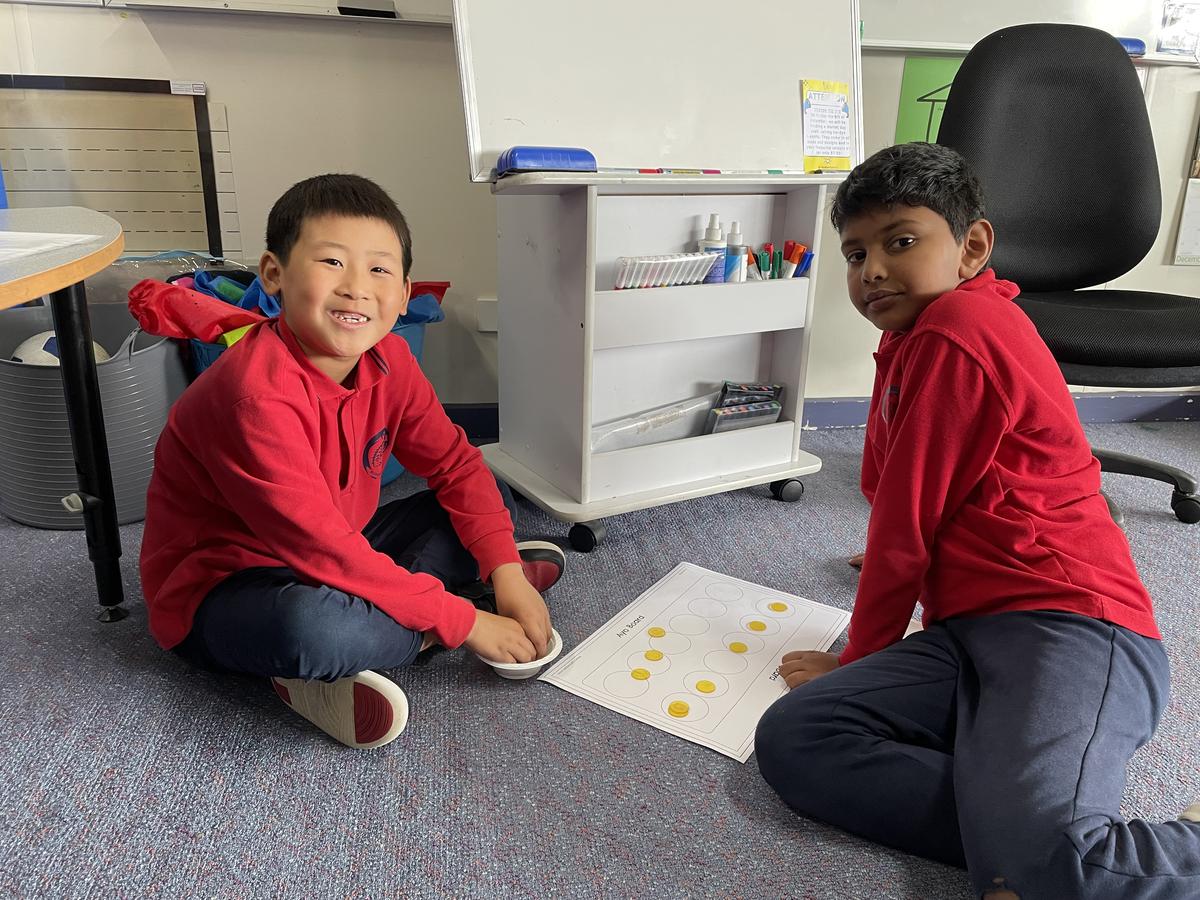
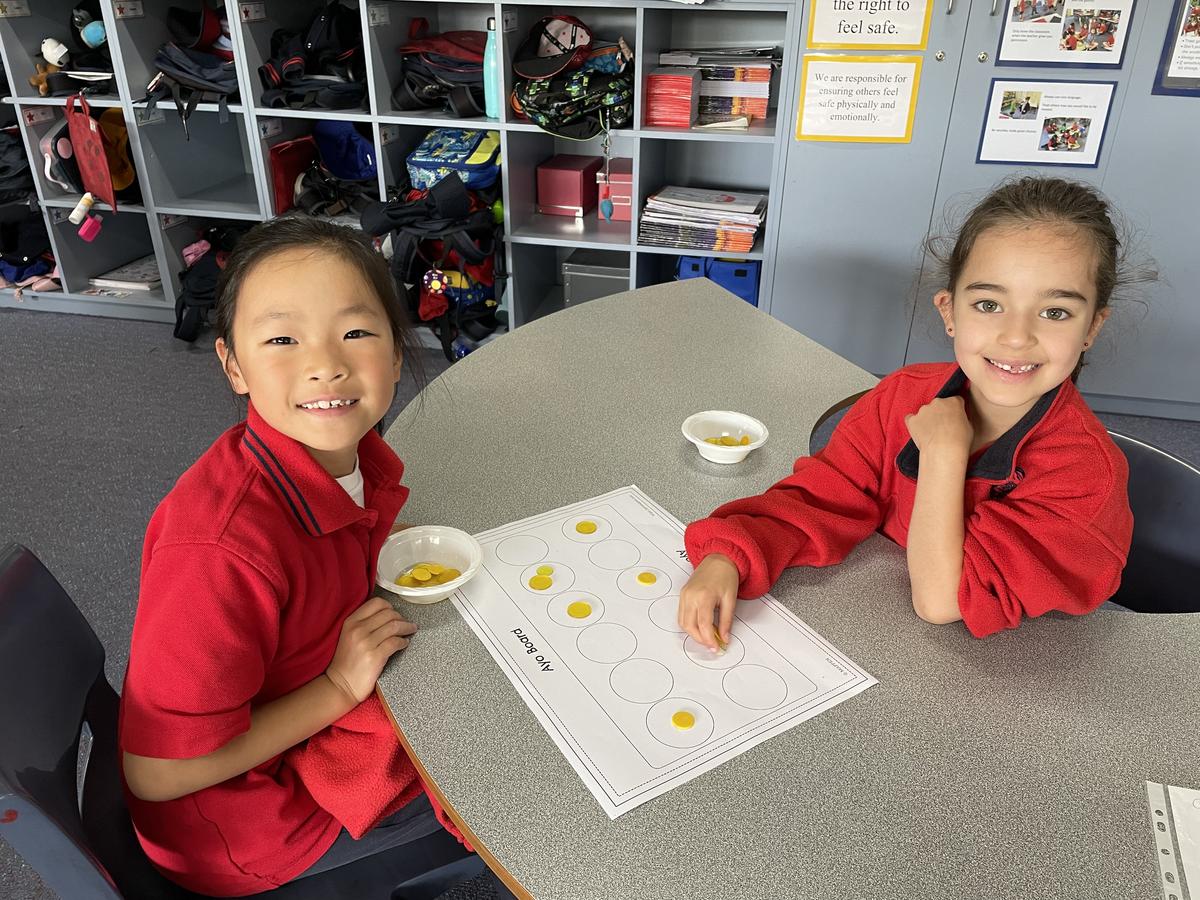









Prepared by the Grade 1/2 Teachers